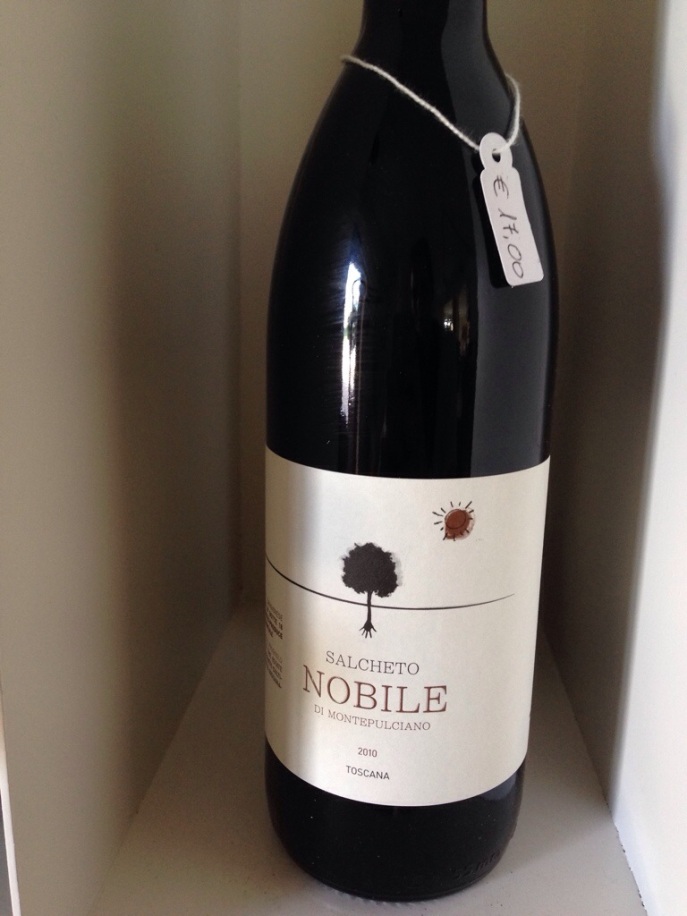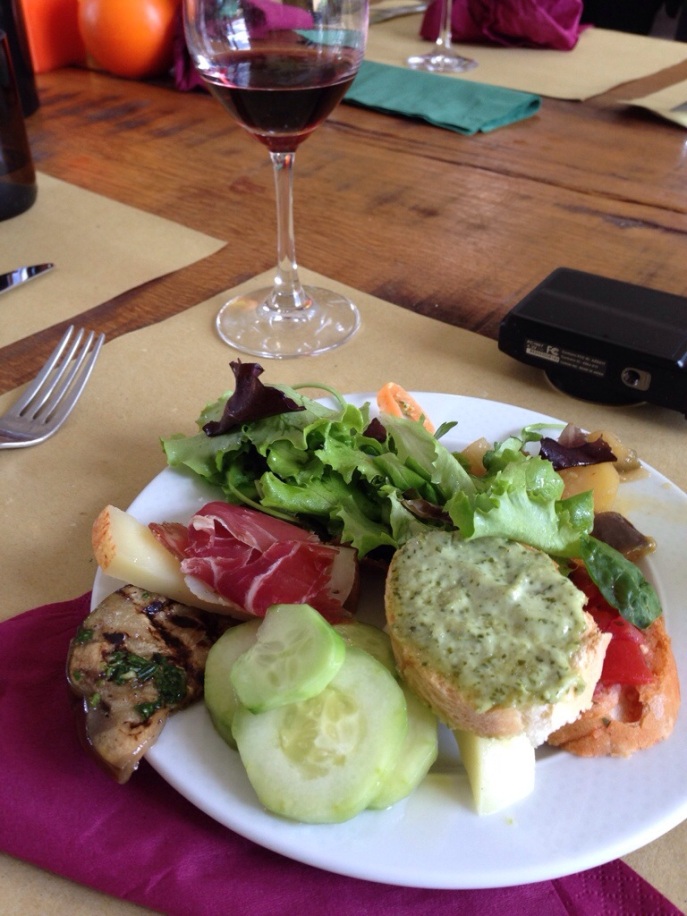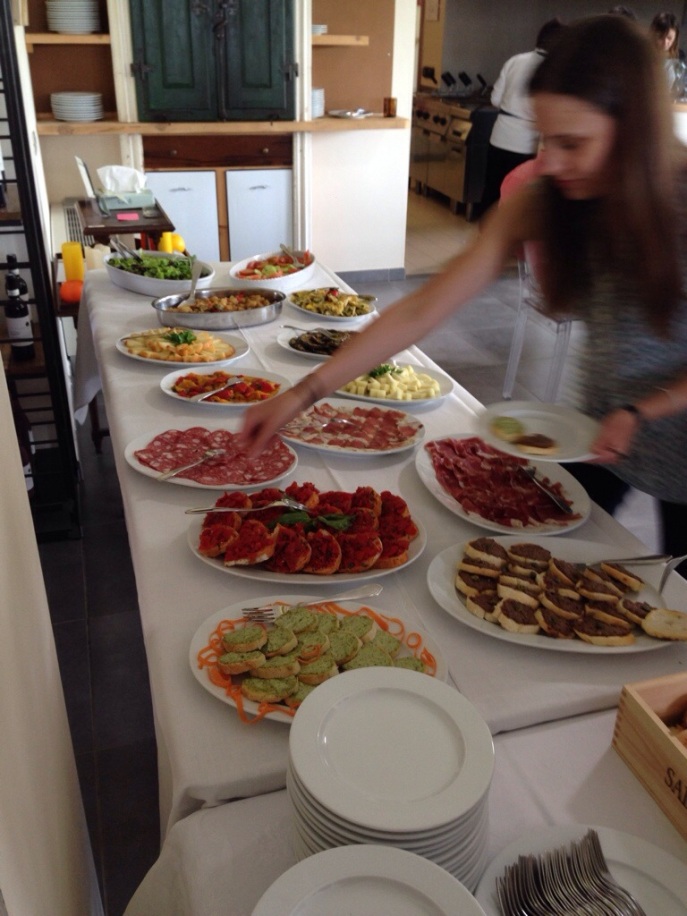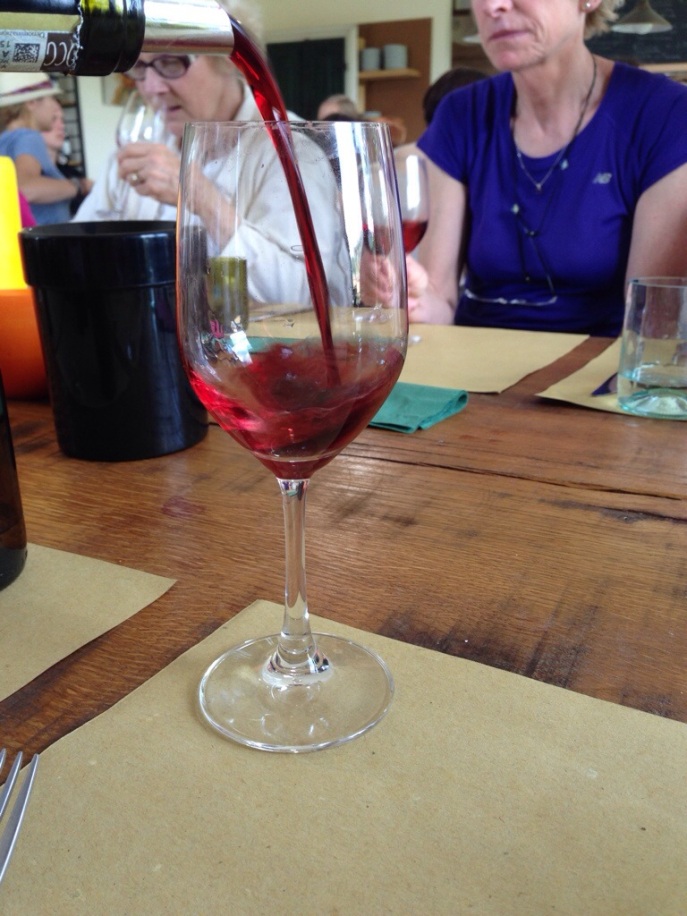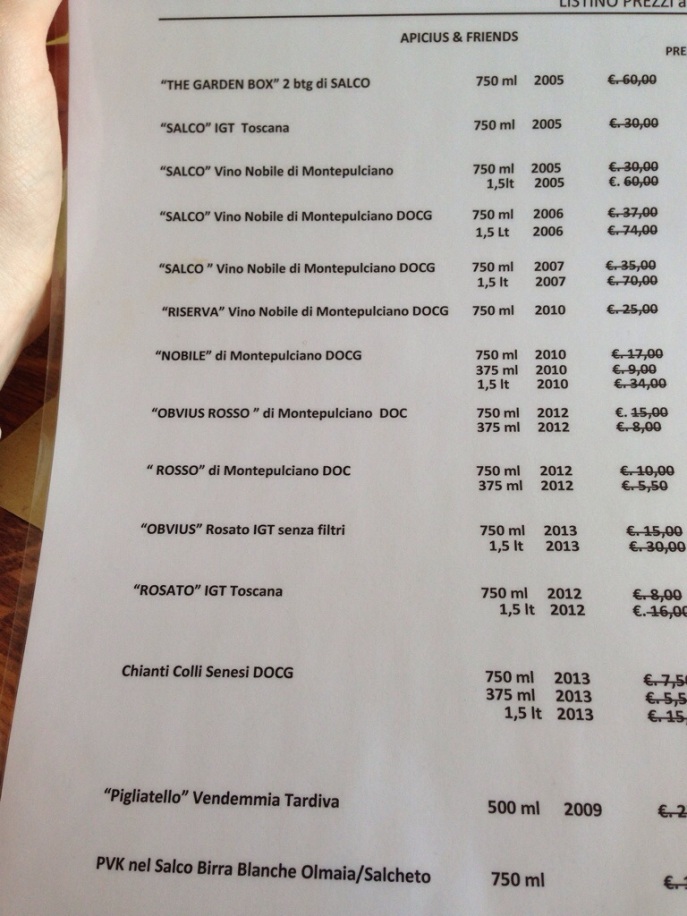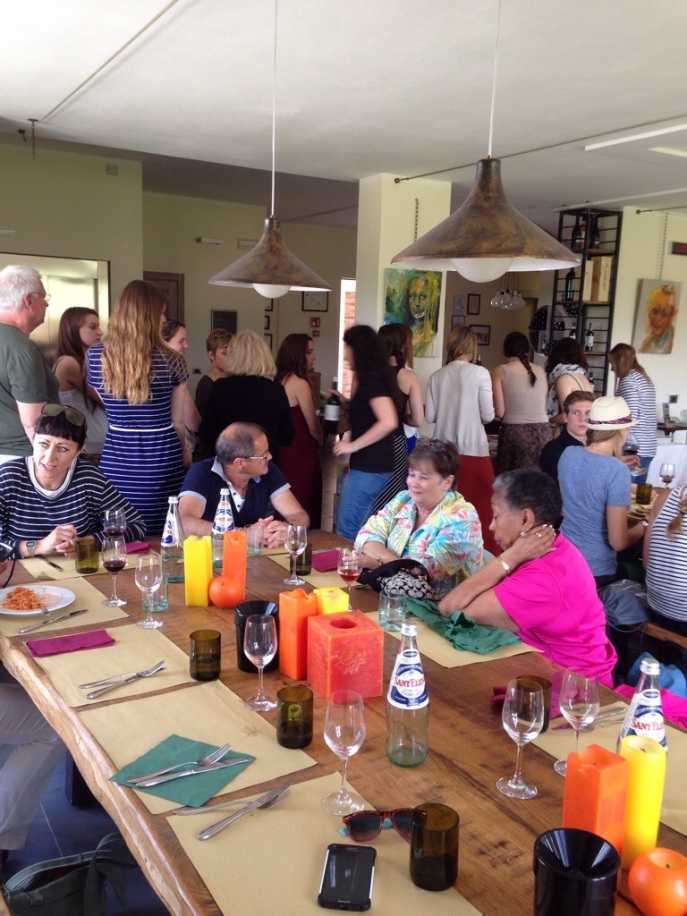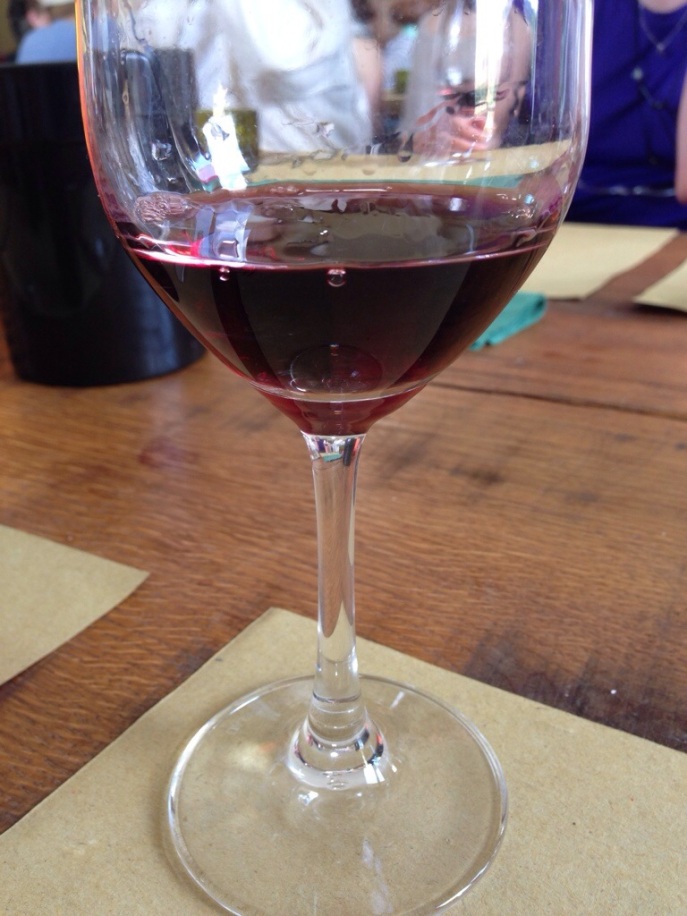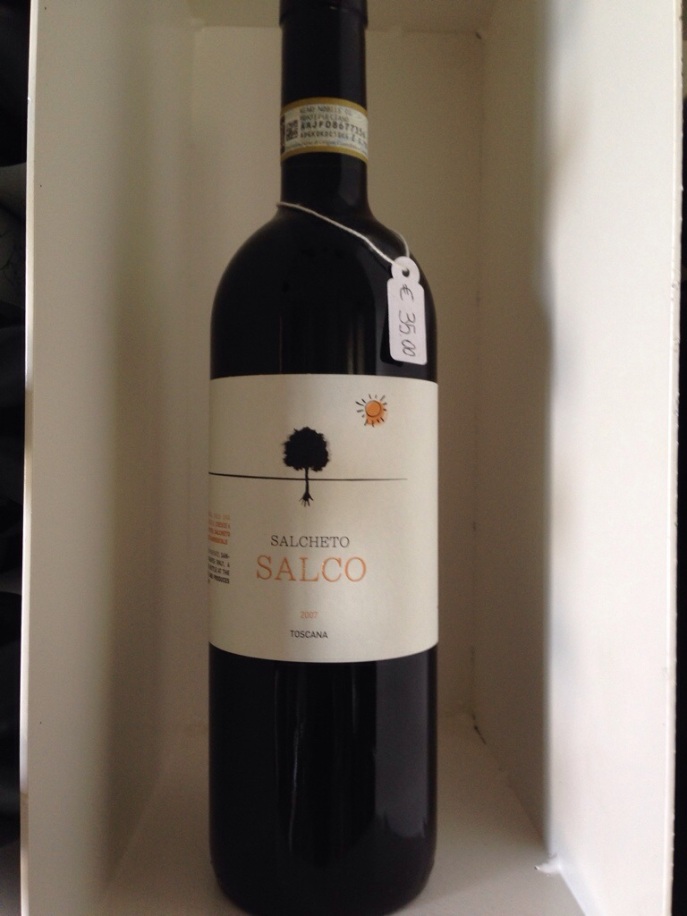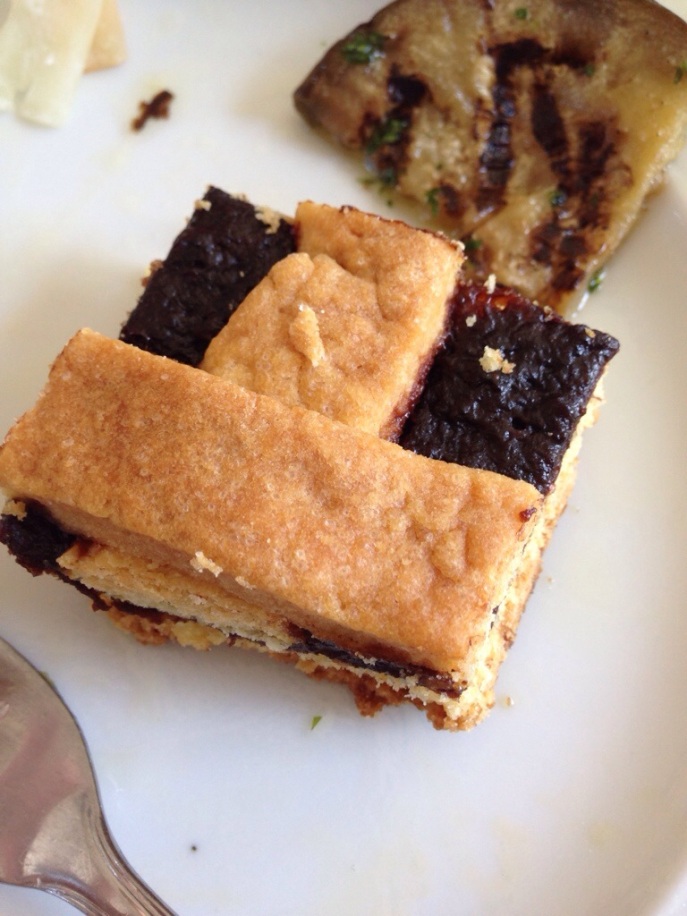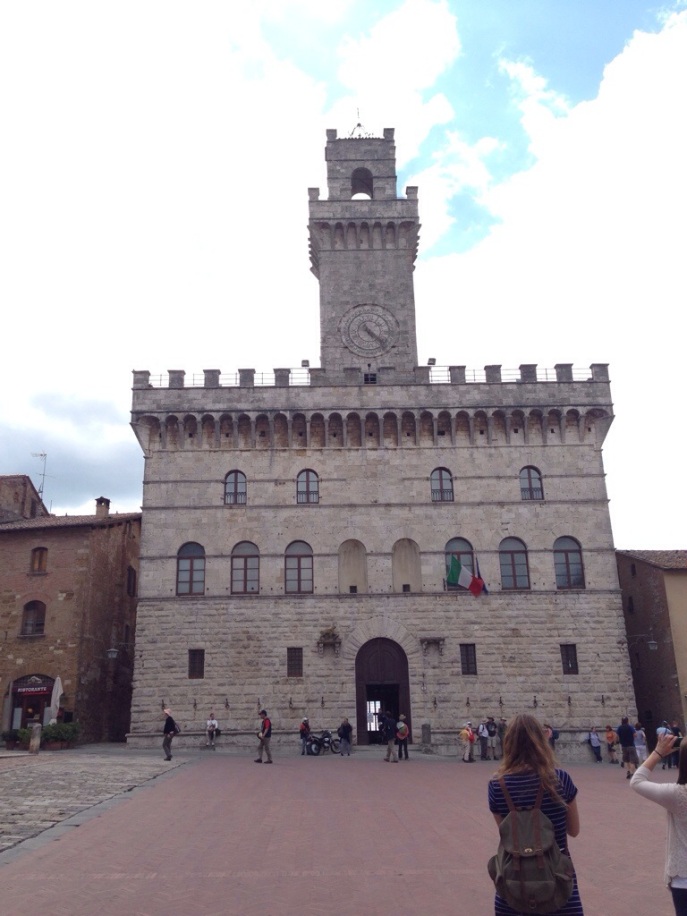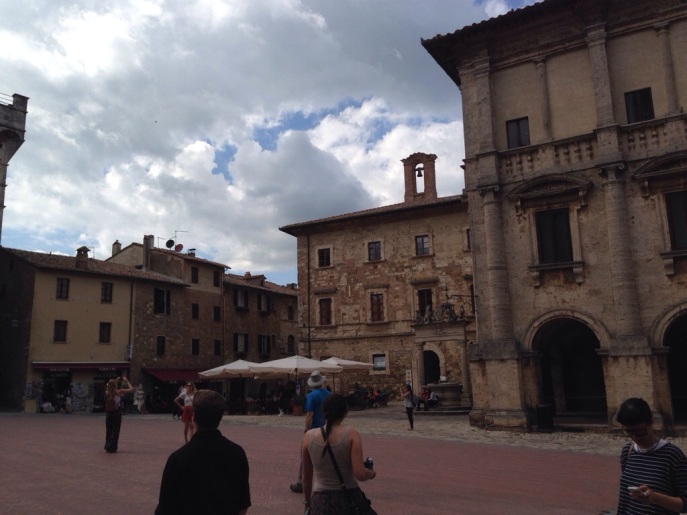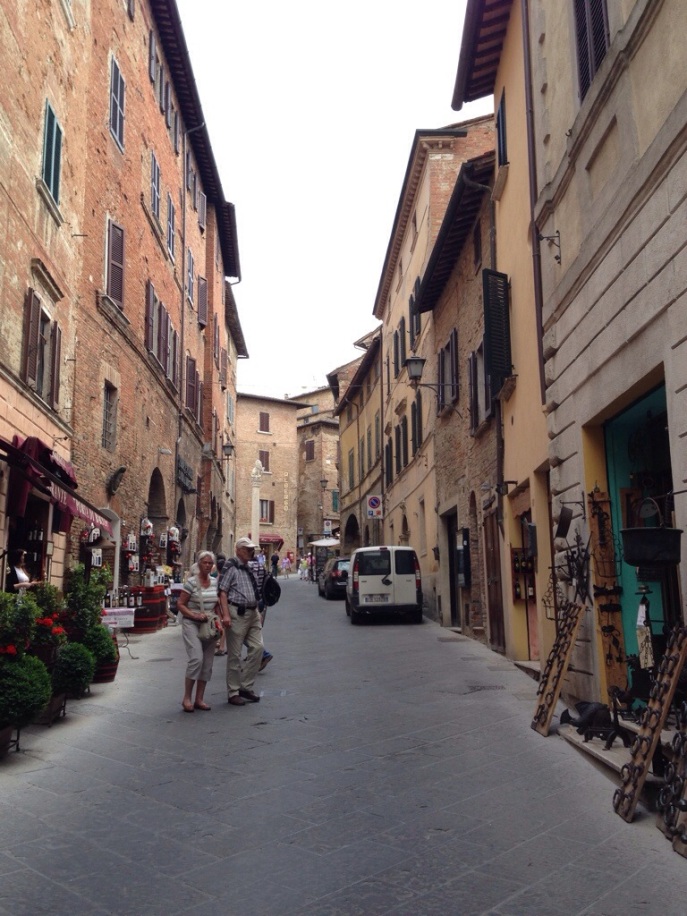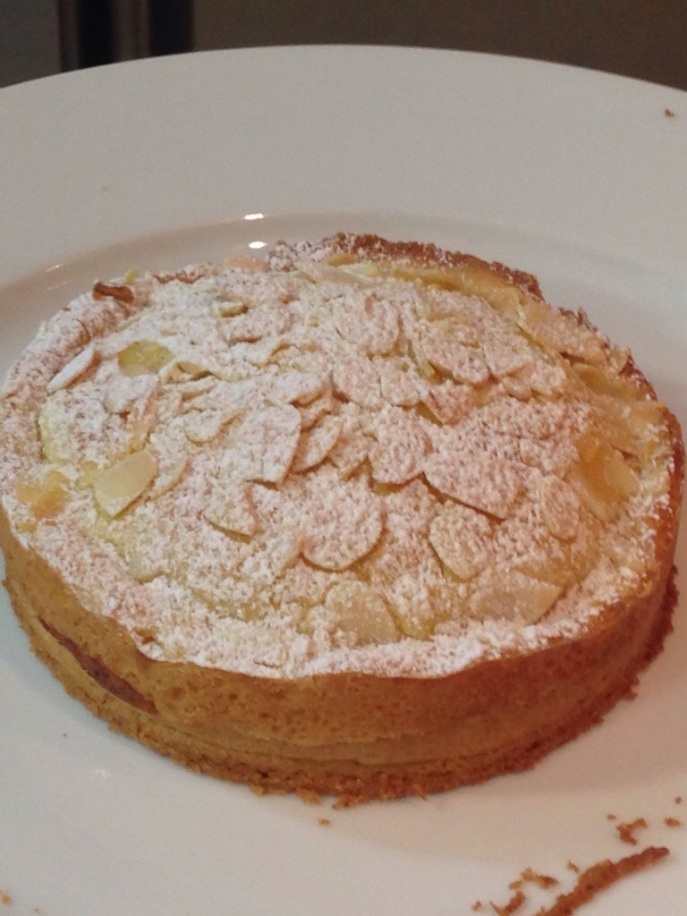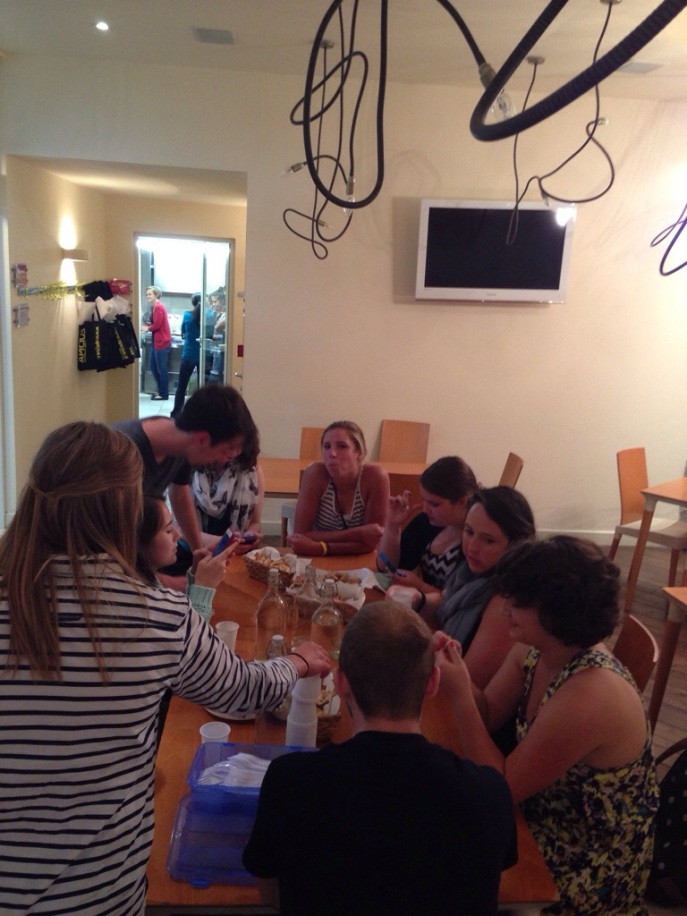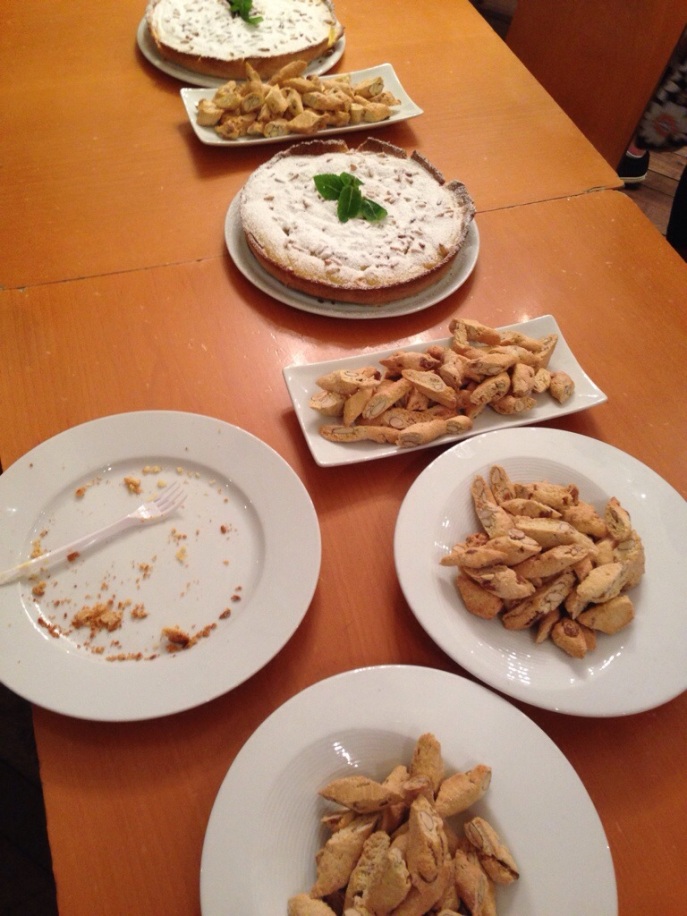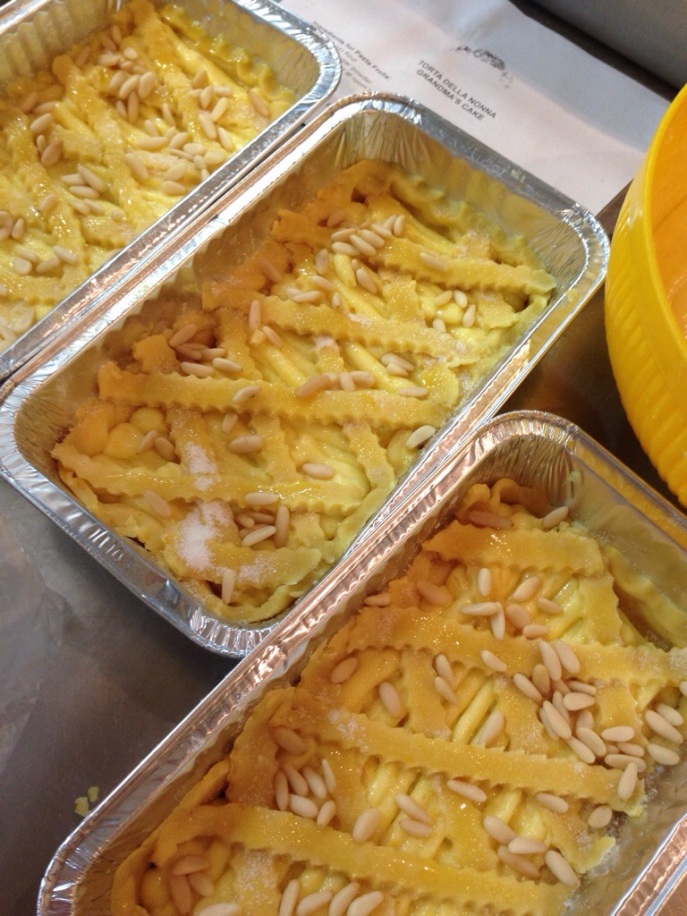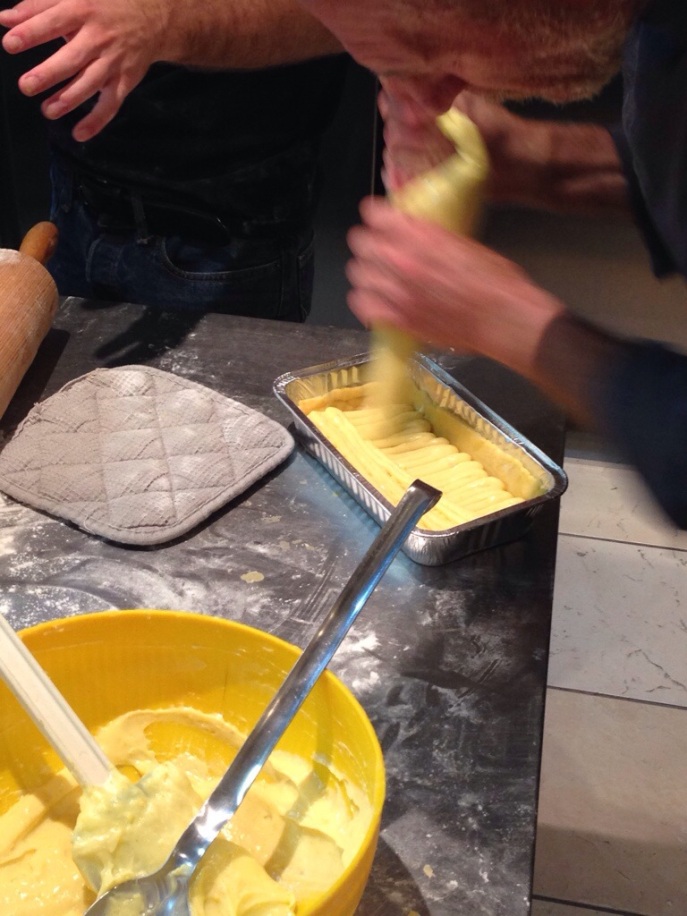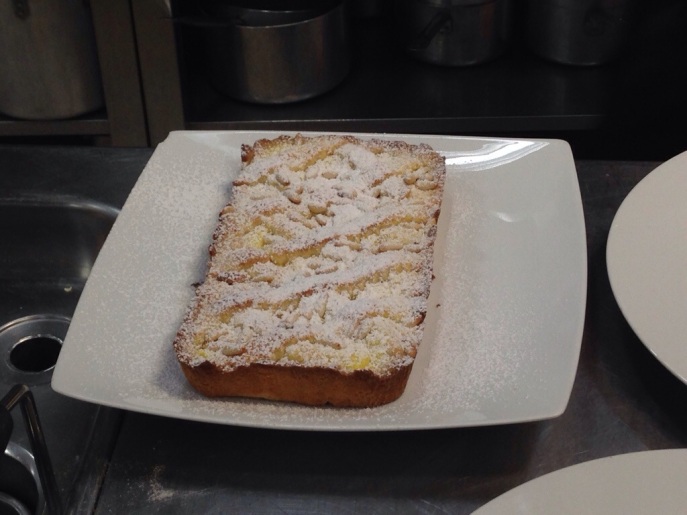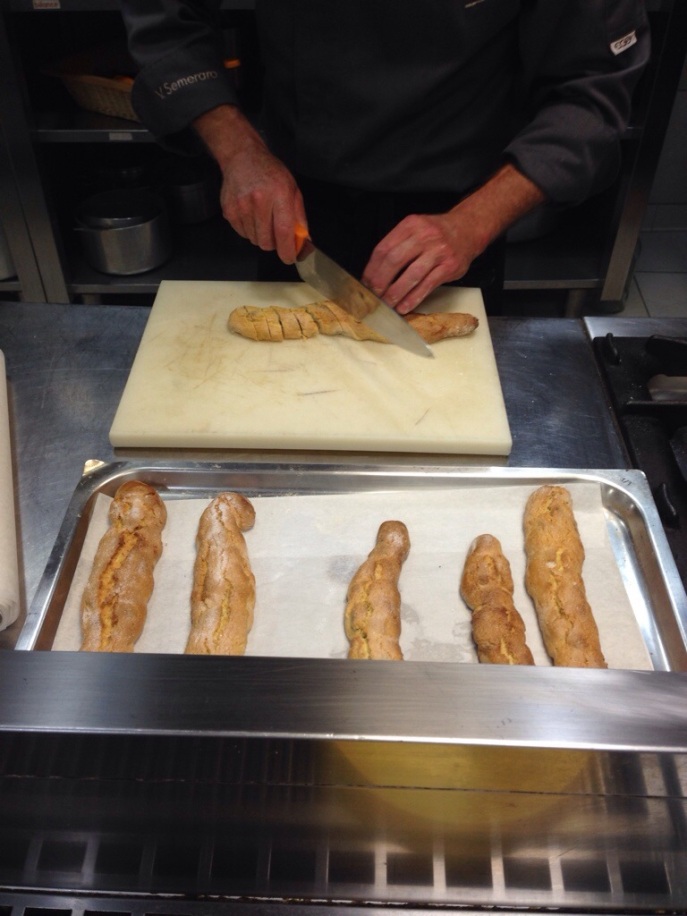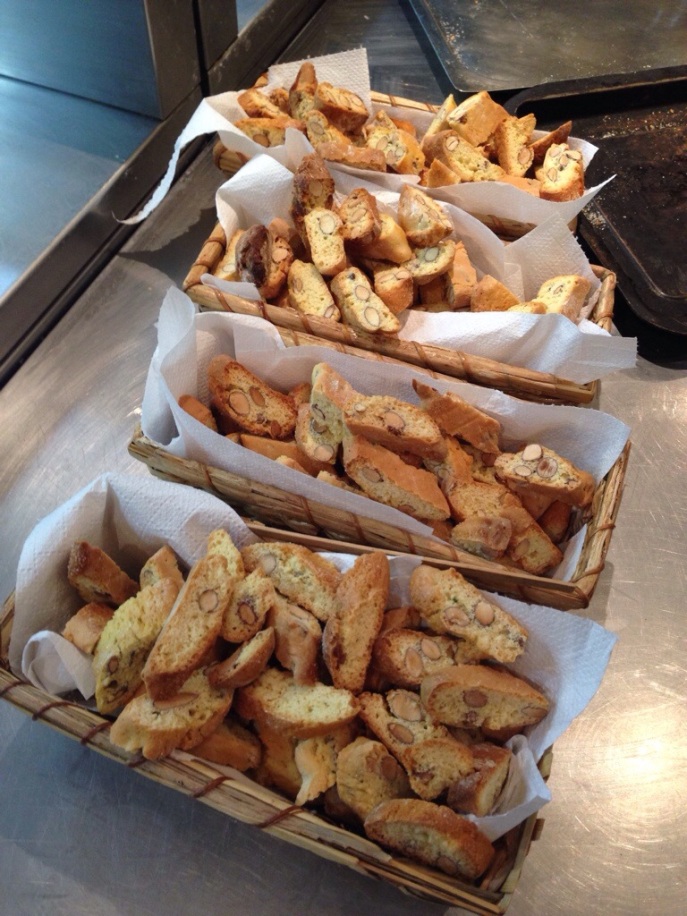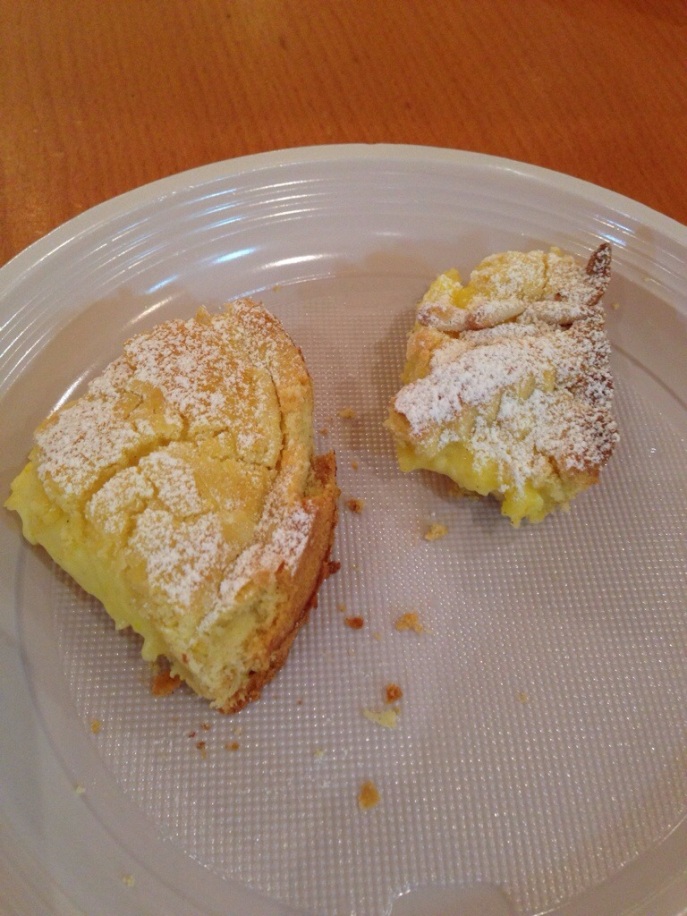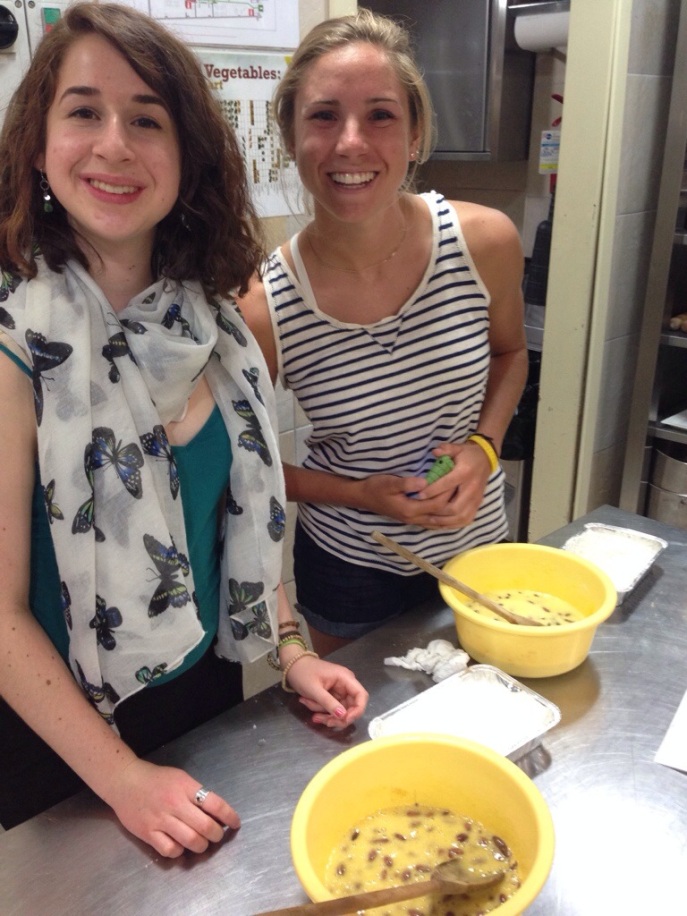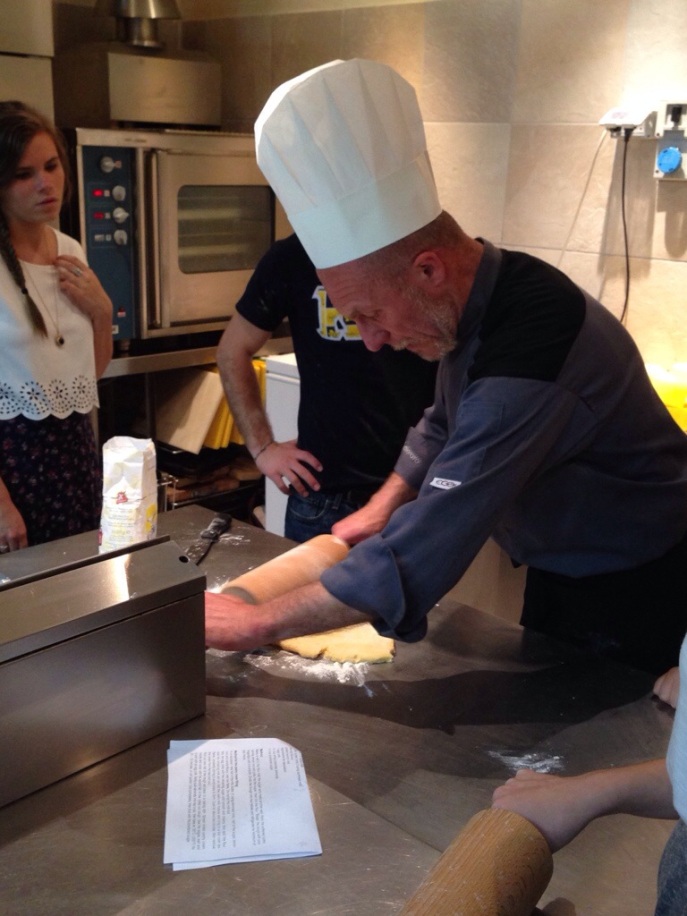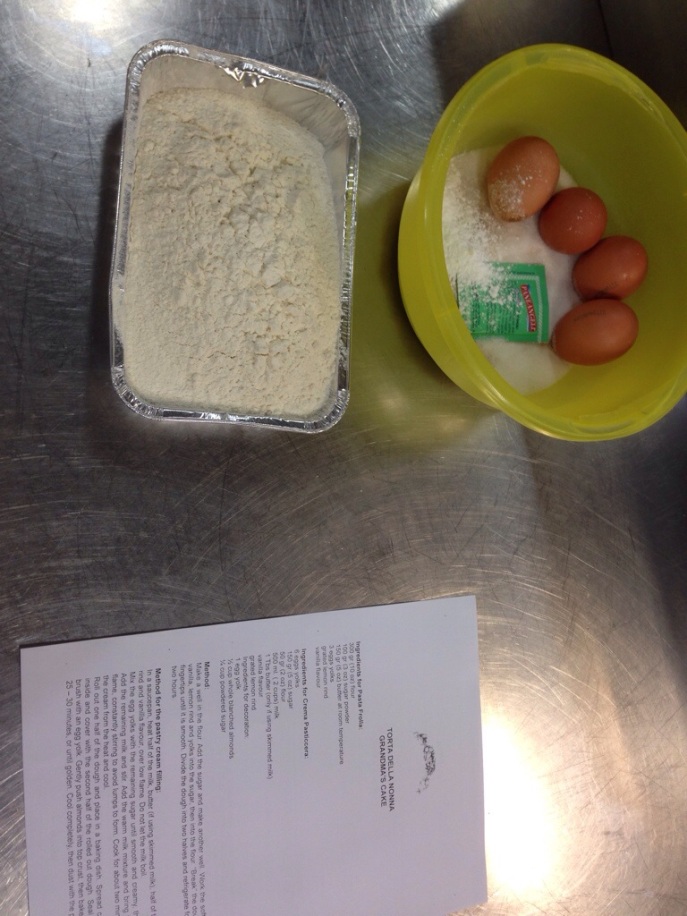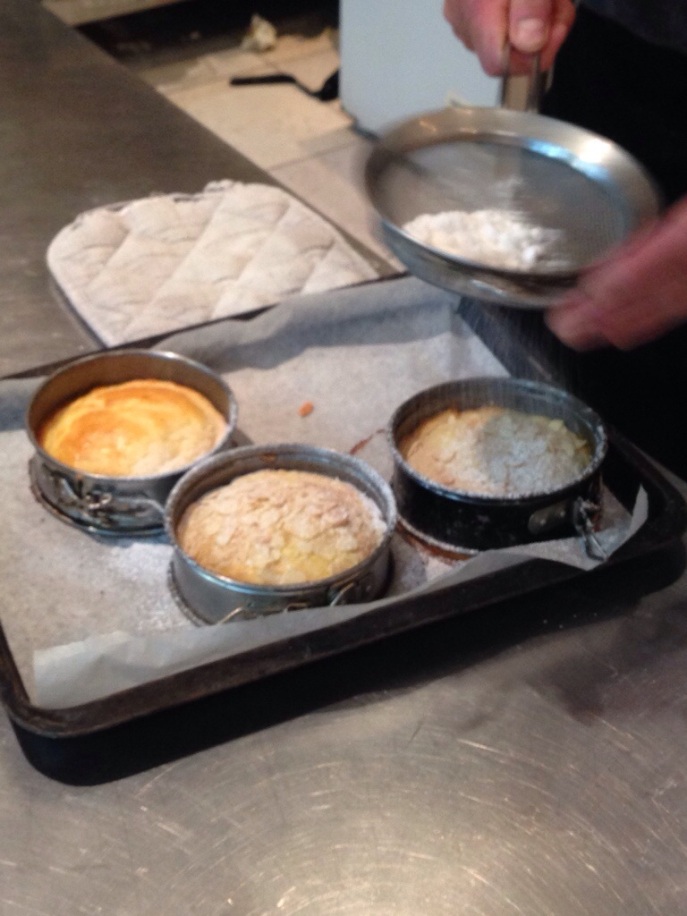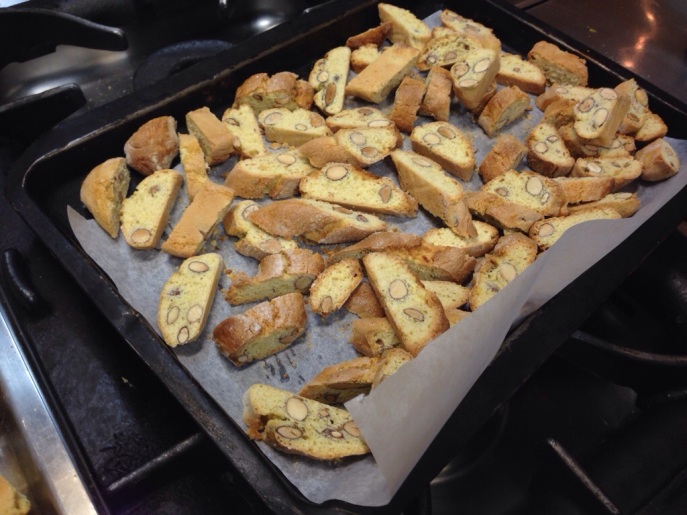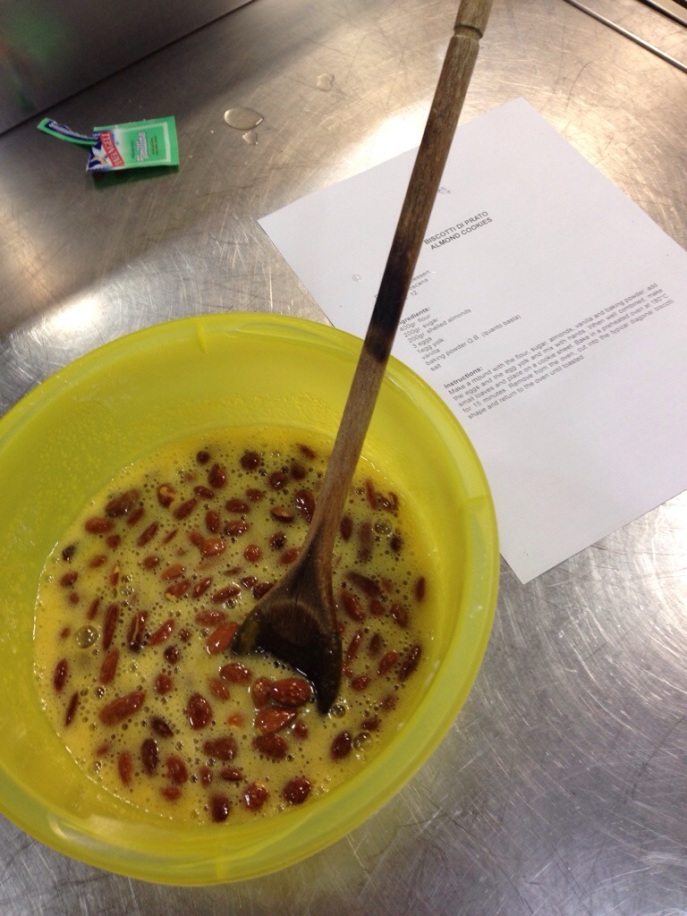We pulled up to a beautiful yellow house and I was a little confused. It was in a neighborhood and didn’t look anything like I expected. We walked into an extraordinary lobby with no production room in sight.
Our tour guide began by talking about the family and the house. The family began making Balsamic in 1850 and the house is the original location. The art has been passed down for 5 generations and nothing except the grape juice boiled has changed.
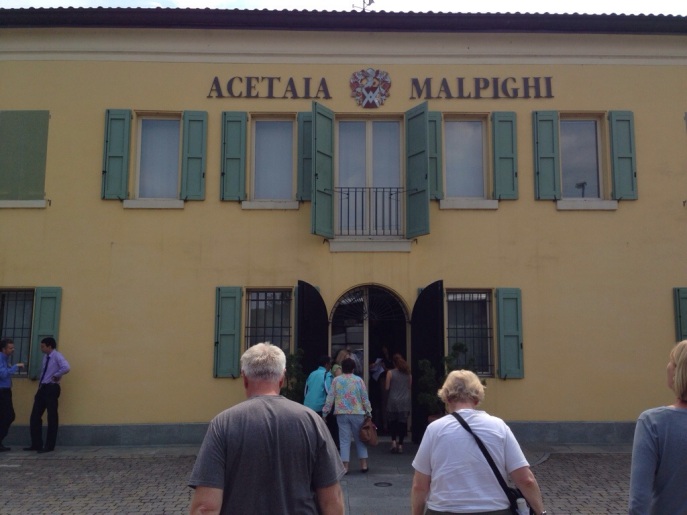
At this point we headed up three fights of stairs to the attic. When I entered the room the smell of sweet balsamic filled the air like syrup. I wanted to bottle it and wear it as perfume! They use the article because it gets hot in the summer and cold in the winter,
Mimicking the climate the grapes were grown in and the artisans before controlled environments.
The woman explained that the barrels are all originals. The oldest is from 1860 and the just build new barrels around the old ones to patch leaks so the old flavors are never lost. The new barrels are then Painted in the old vinegar sediments mixed with water (hence the black appearance). This sediment is naturally resistant to humidity and protects the barrels and vinegar.
The process begins with Trebbiano (white) and Lambrusco (red) grapes. Only the juice is used and the justice is poured into a large cooking pot and cooked for two days. The percent of white to red grapes (and the order of the barrel woods) is the only difference between the 30 certified Modena traditional balsamic producing families. This family uses 80% white and 20% red juice for a sweeter (rather than a more acidic balsamic).
After two days the balsamic goes into the first and largest barrel. Each barrel has no cap, only a cloth covering the opening. This allows the balsamic to evaporate and reduce.
Every year they use a syringe to replace the evaporated vinegar. The smallest looses 10% so 10% is taken from the second smallest and placed in the last. Then 20 % is taken from the third smallest and placed in the second smallest. This happens with all six barrels and 60% is taken from the largest and placed in the second largest.
The barrels are made out of Cherry, chestnut, mulberry, oak, or juniper. The Oder the balsamic moves through these barrels also defines the families style and the flavor of the balsamic. The barrels are so fragile they have never been moved, only the long syringe moves balsamic from one barrel to the next.
A traditional Modena Balsamic Vinegar must be a minimum of 12 years old (earns a yellow cap and traditional band). The 25 year earns a gold cap and band. The small barrel that this 25 year old is in is called the “queen barrel”. It takes130 L cooked grape must to make five .5 L bottles. Also, The producers cannot bottle their own traditional balsamic. Anything younger than 12 months they can, like their flavored vinegars and “Classico” vinegar. The controllers have the bottles and each batch is tasted and judged before it earns it’s special short bottle and colored cap.
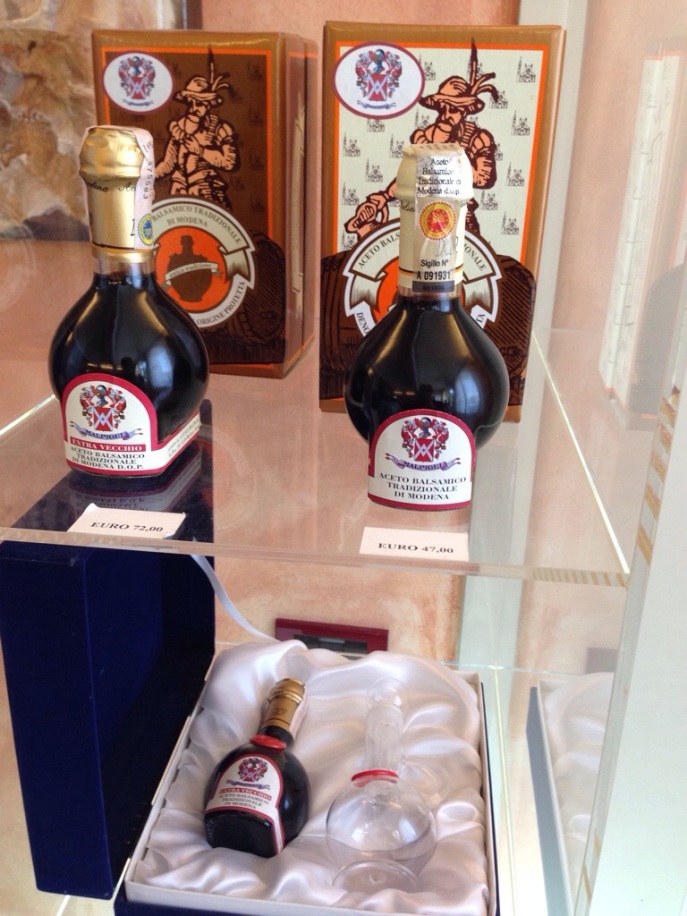
A barrel, empty, sells for about 40,000€, and the producer has 3,000 barrels on sight. They produce the vinegar only with grape juice, nothing is added unless it is a flavored vinegar. Those have only white grapes plus pure juice of what ever flavor you want, like Fuji apples.
At our tasting we tried every variety of vinegar available:
#1 – 100% white grapes aged only 5 years in an ash wood barrel. It was very sweet and is good for Fish, salad/arugula, fresh fruit.
2- 100% white grapes aged 8 years in an ash barrel. It is Sweeter/ more concentrated and is enjoyed on the Same food as # 1
3- Classico – 80% white 20% red. It’s aged for 6 years in the exact same way as the 12 and 25. It is good on Salads, tomatoes, mozzarella everyday dressing. Semi-sweet flavoring makes it versatile.
4- Traditional with yellow cap – aged 12 years and is only eaten in small (drop sized) amount on meats, omelet, proteins, risotto, etc. Semi-sweet with layers of flavor.
5- Traditional with gold label – aged for 25 years,and is used on dessert food and as a dinner finisher for digestion.
Flavored Vinegars included:
Aged 5 years White grapes + juice
Fig – cheese or meat
orange – Salads and fresh fruit
vanilla – desserts
mint – desserts
Fiji apple – misc
We also tried a Walnut liquor that was 40% alcohol. It just tasted like nuts to me though. We also tried a balsamic and caramelized onion marmalade which was interesting.
I really enjoyed learning how my favorite food condiment was made. The tour guid was lovely and it was fun to taste the quality compared to what we are use to.
We drove home after this (3 hours again) and went to get vegetables. I ended up with chicken, mushroom rice, and cooked spinach. Then we walked a bit and was the Florence Boar. We rubbed his nose for luck and dropped coins in to ensure a return some day. We finished the day with Grom (extra dark chocolate,
Milk & mint, and raspberry). We spent the evening packing out bags since tomorrow is our last full day here 😦 It will be a fun last day, but I’m sad to feel it coming to a close! I hope to post tomorrow evening, but our final meal goes till midnight so we will see! We hope to see the inside of the Duomo tomorrow! Talk to you later!

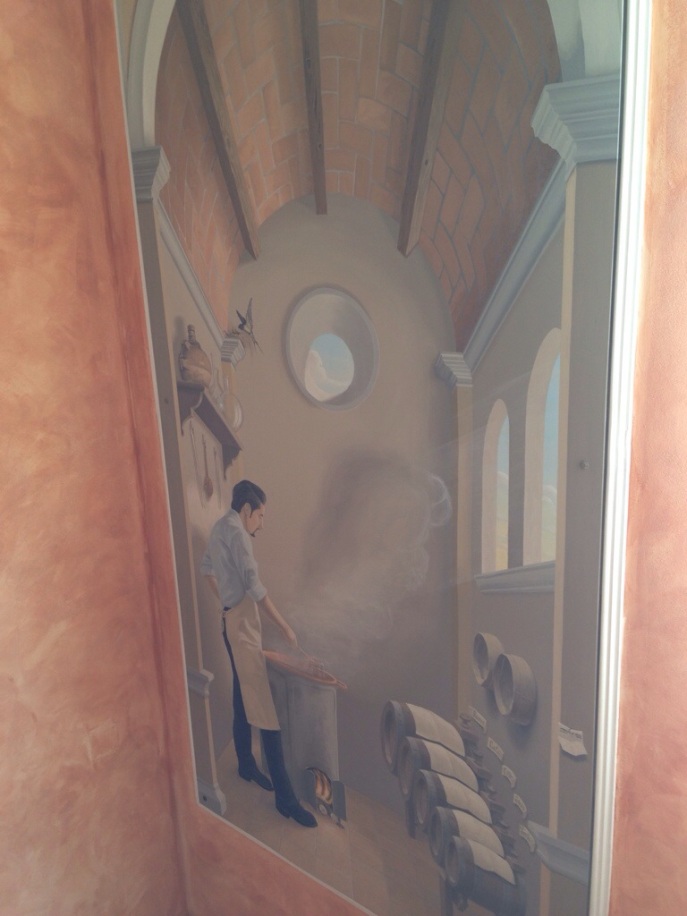
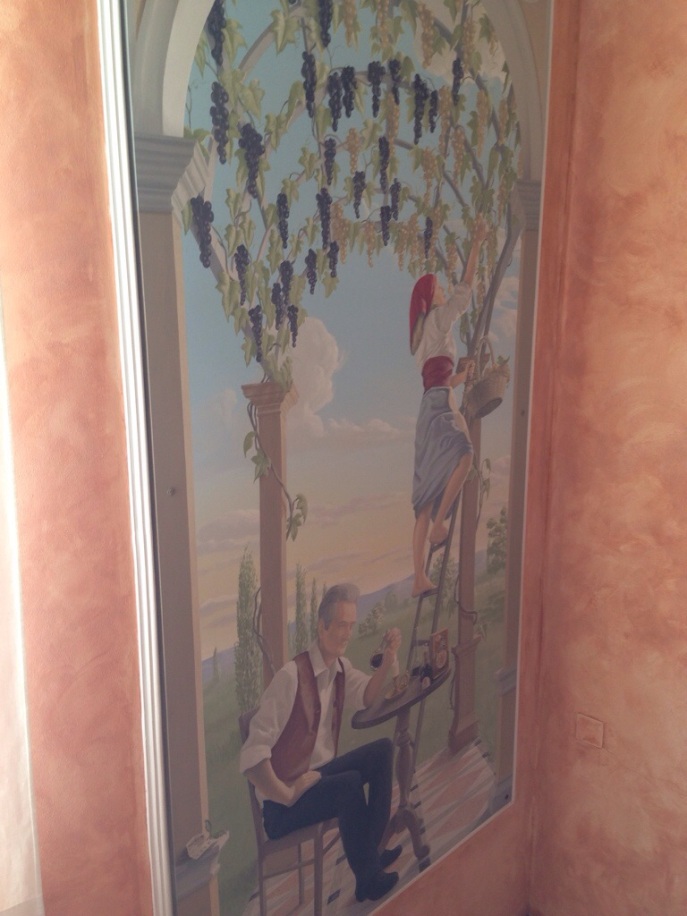
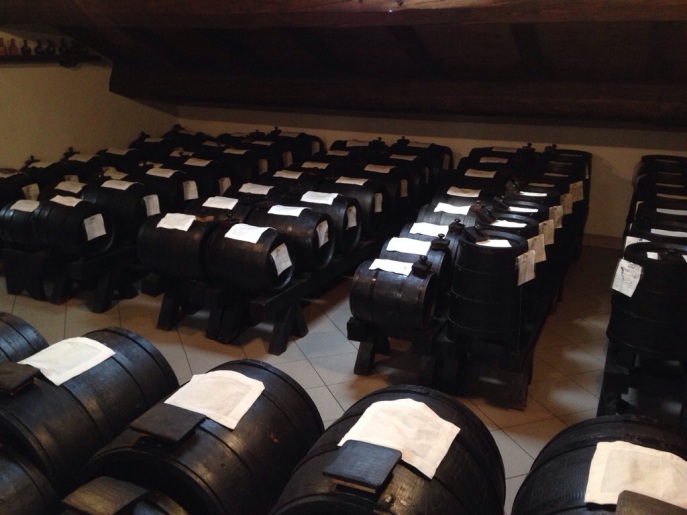

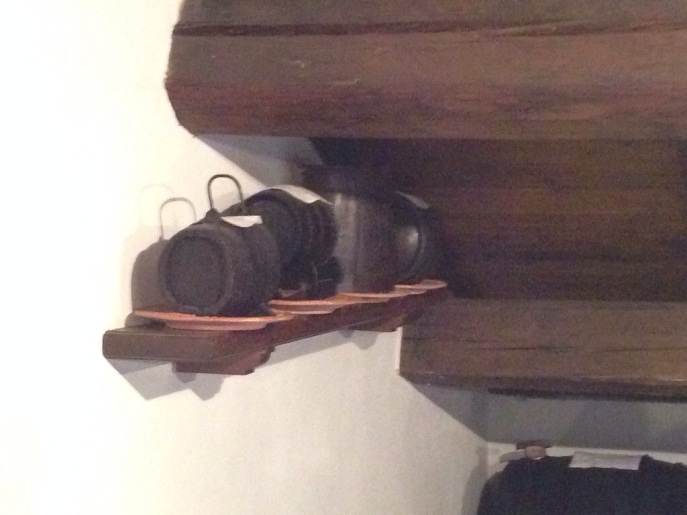
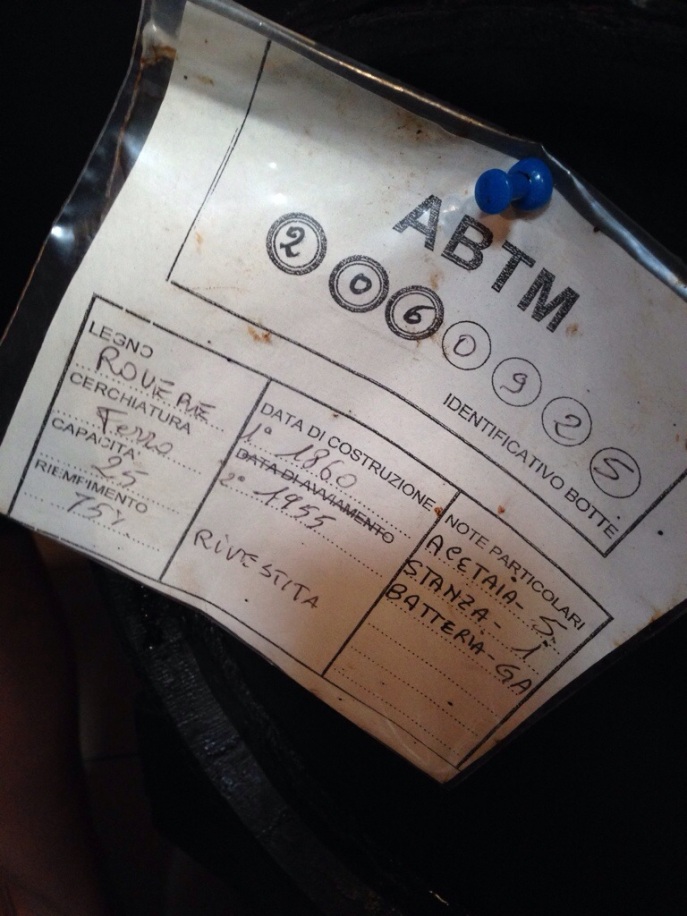
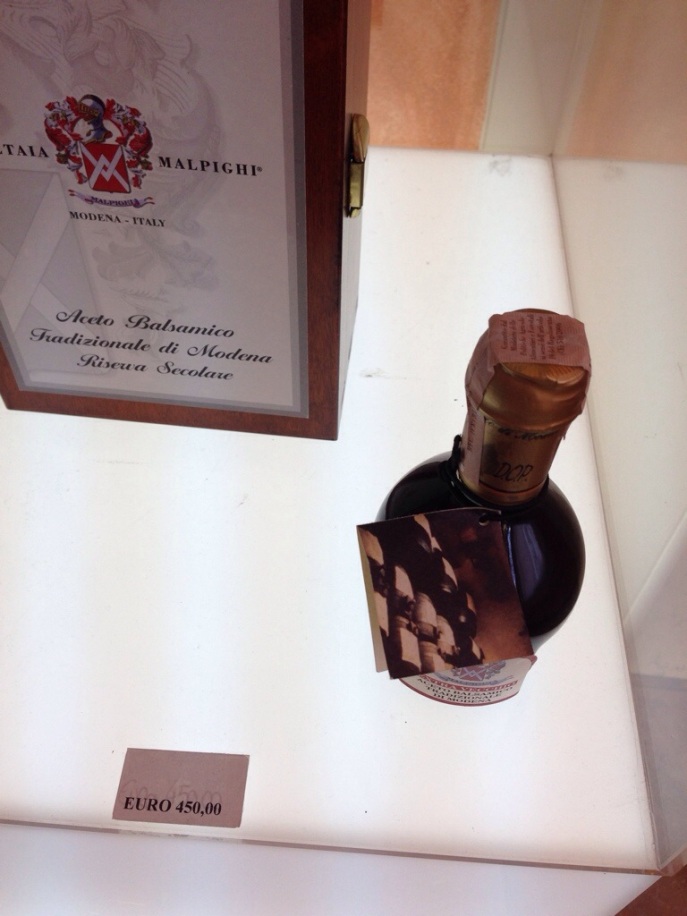
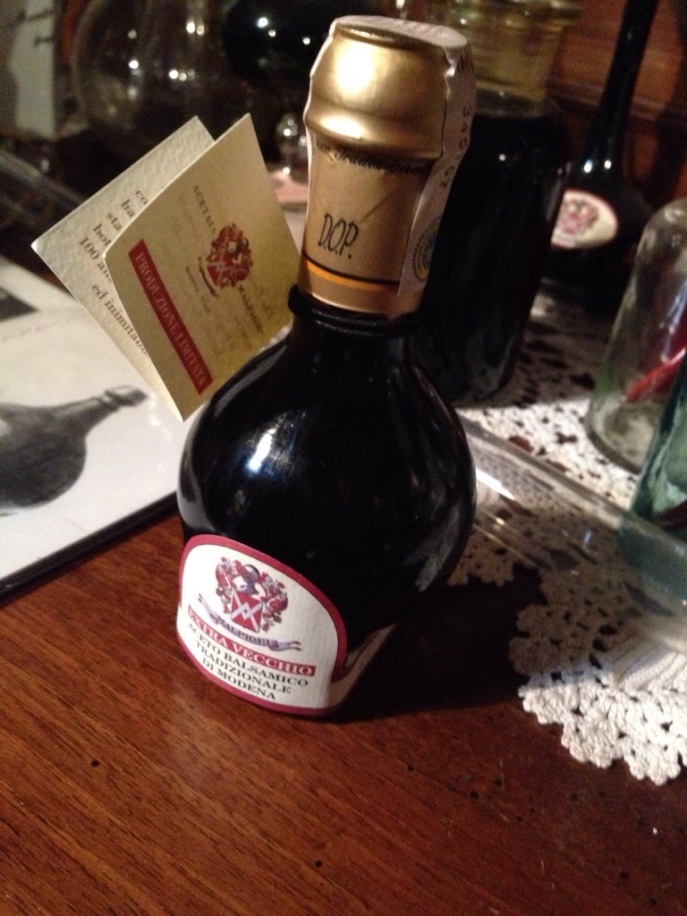
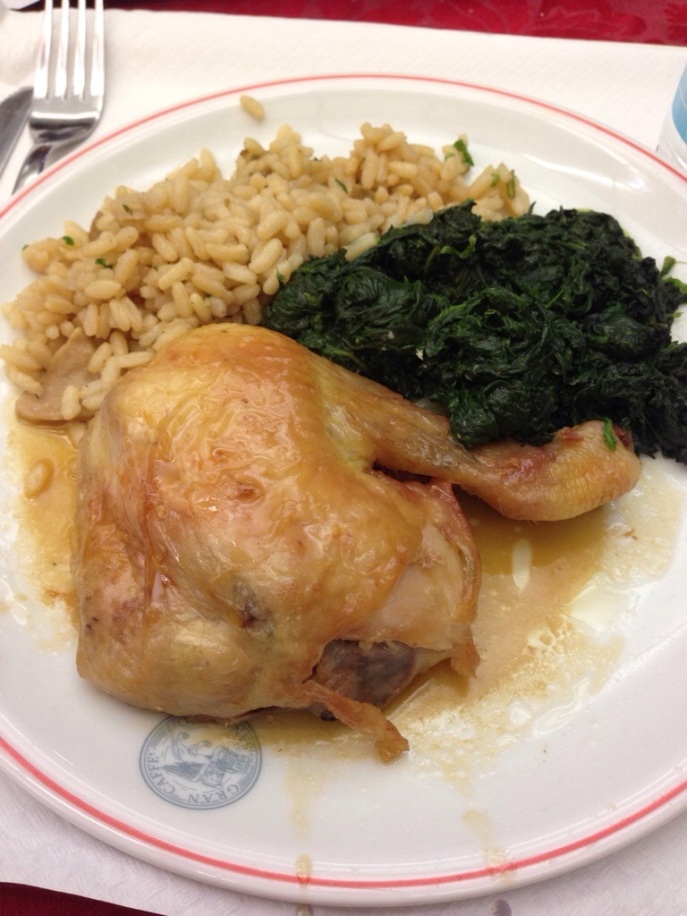
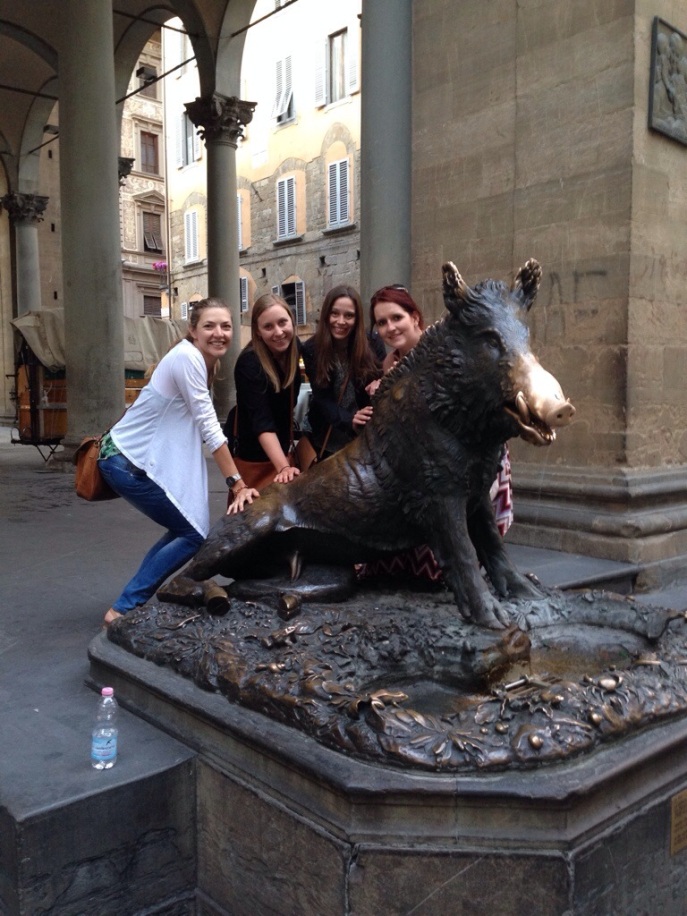

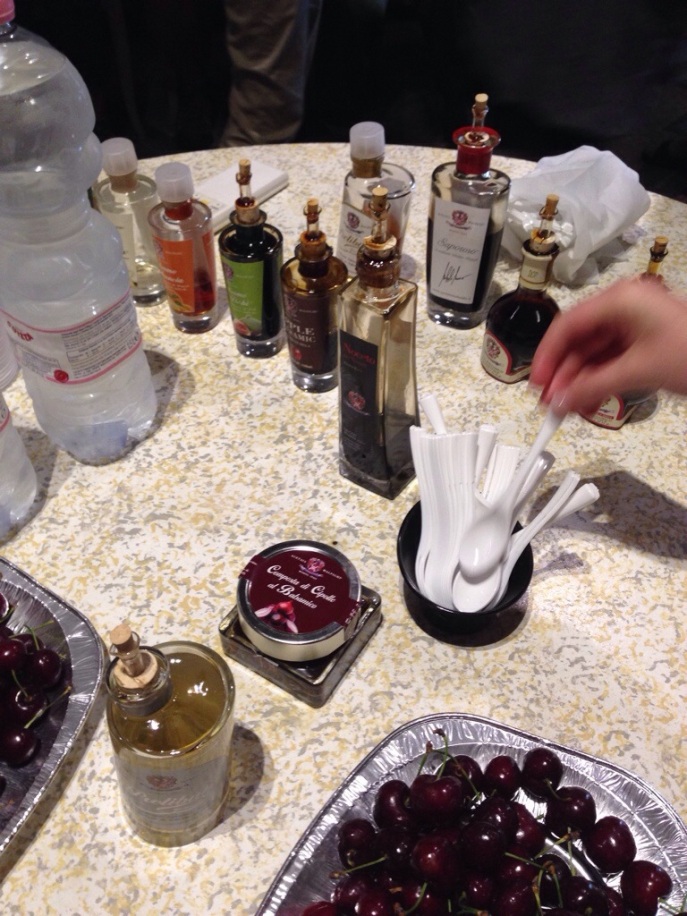
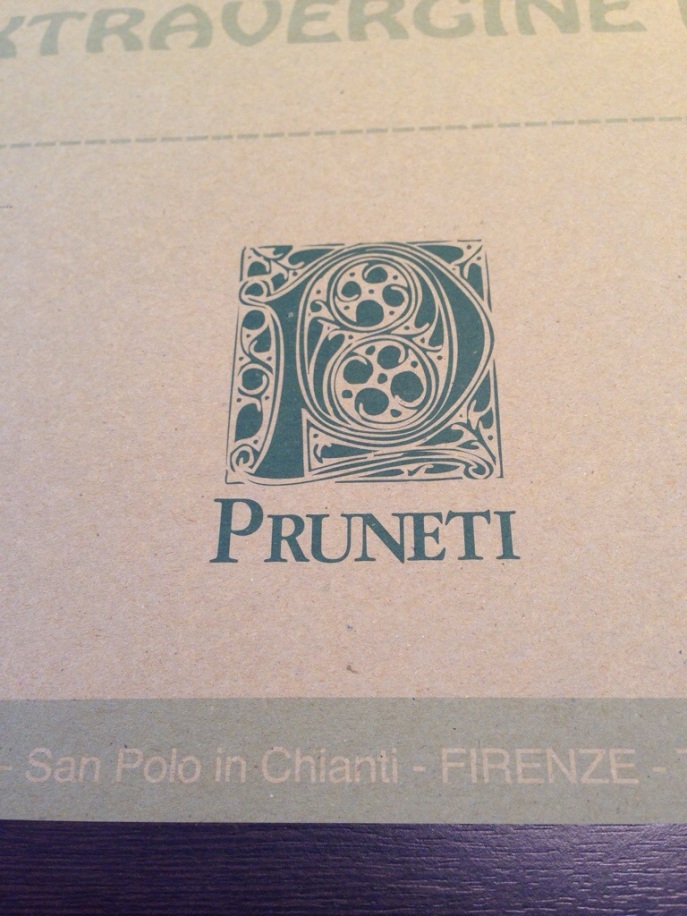
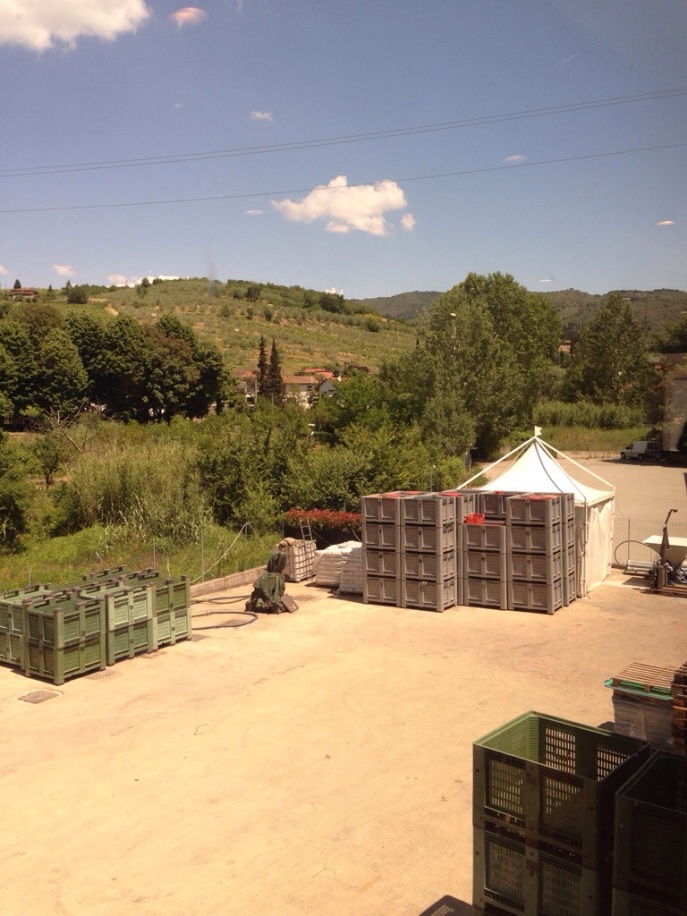
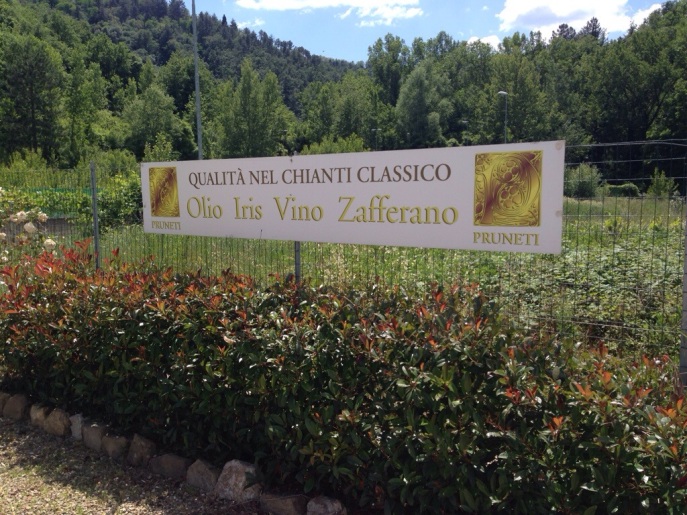
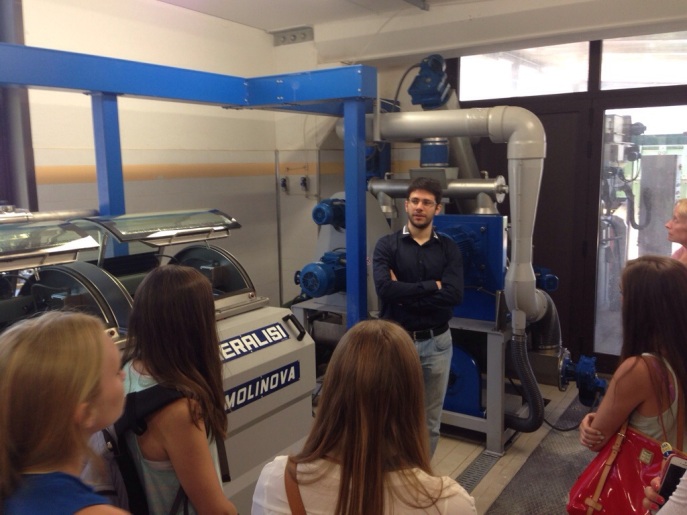
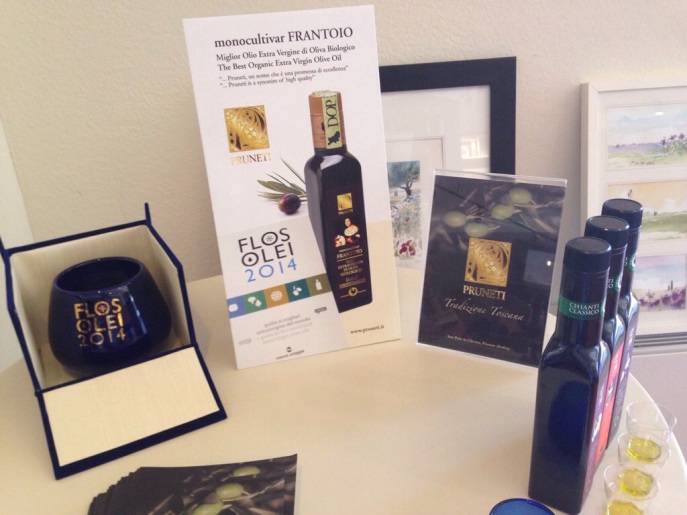
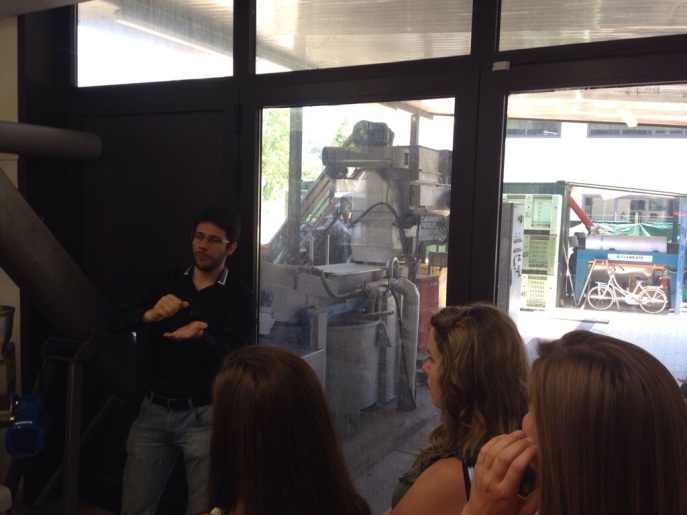
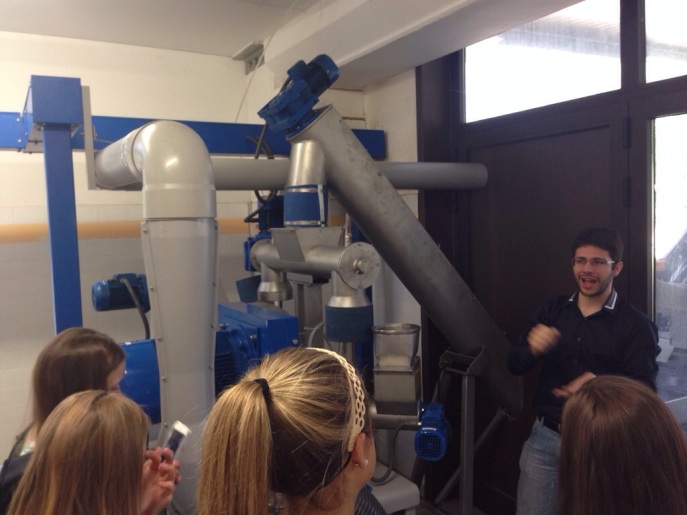
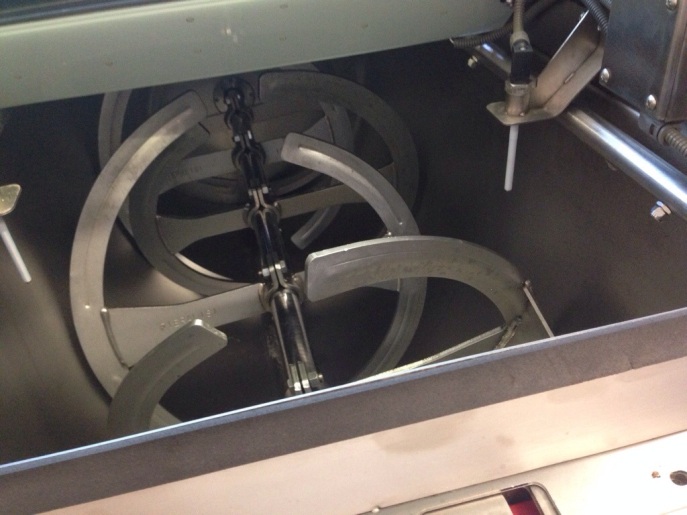
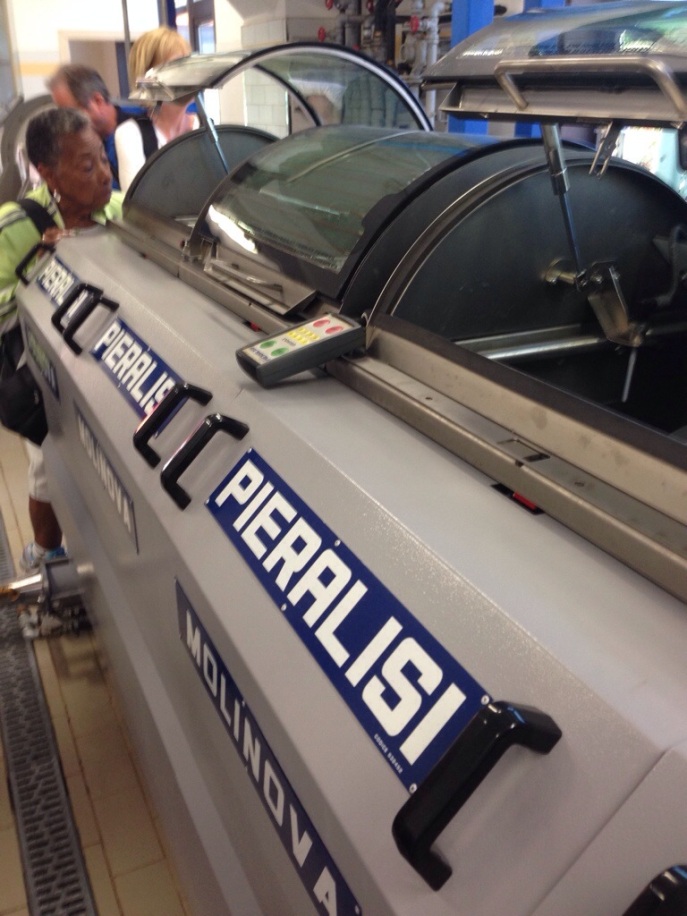
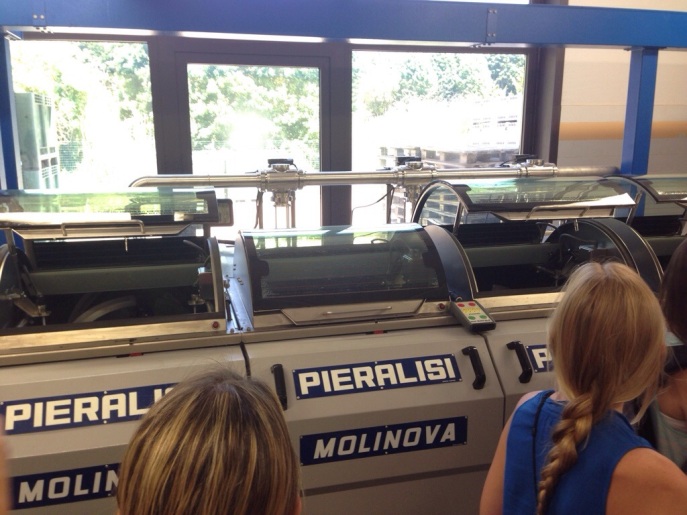
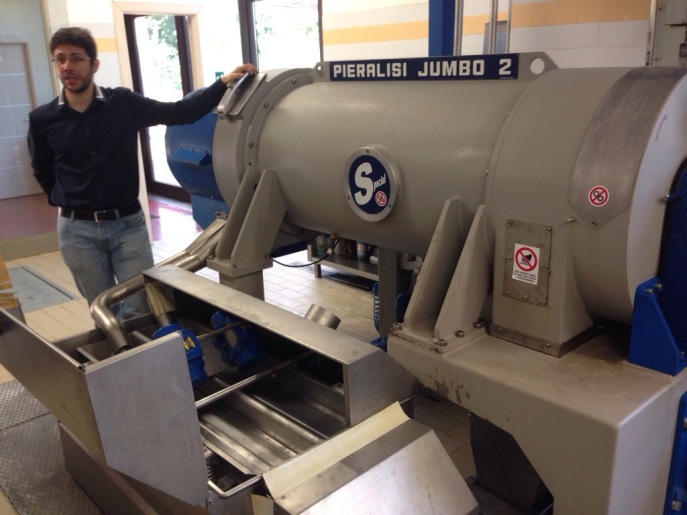
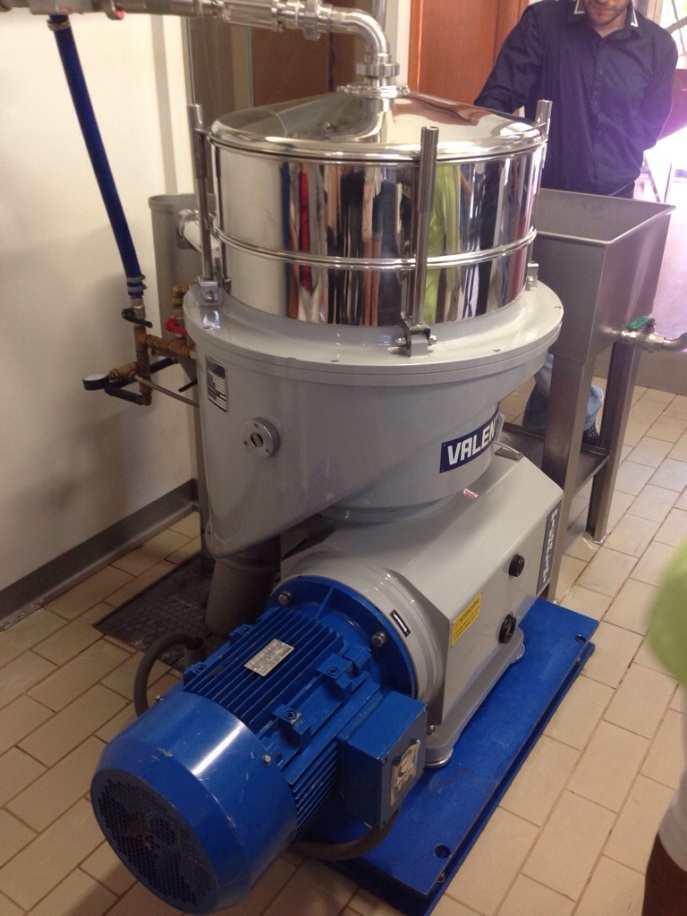
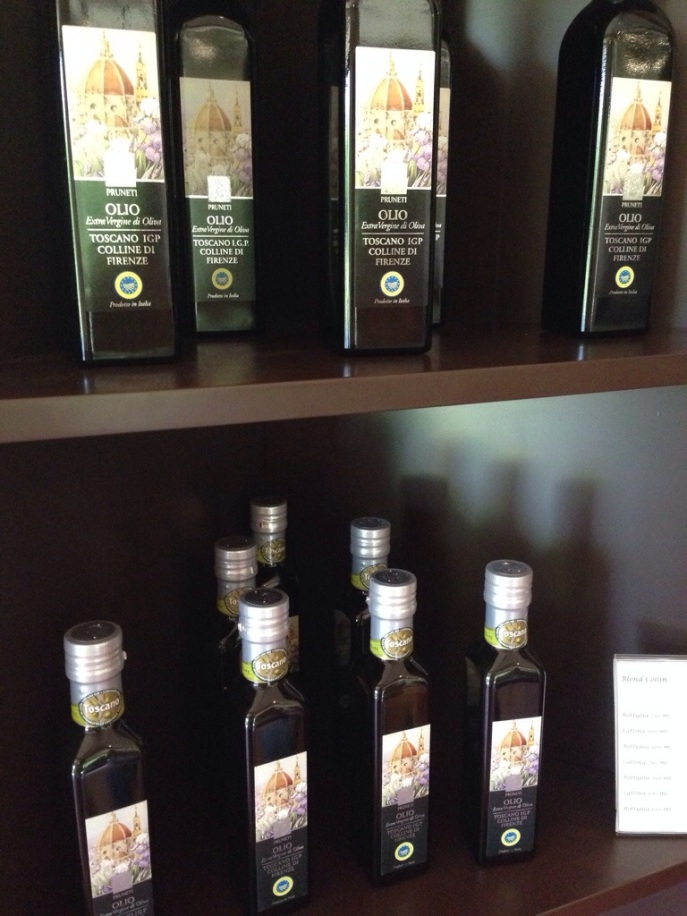
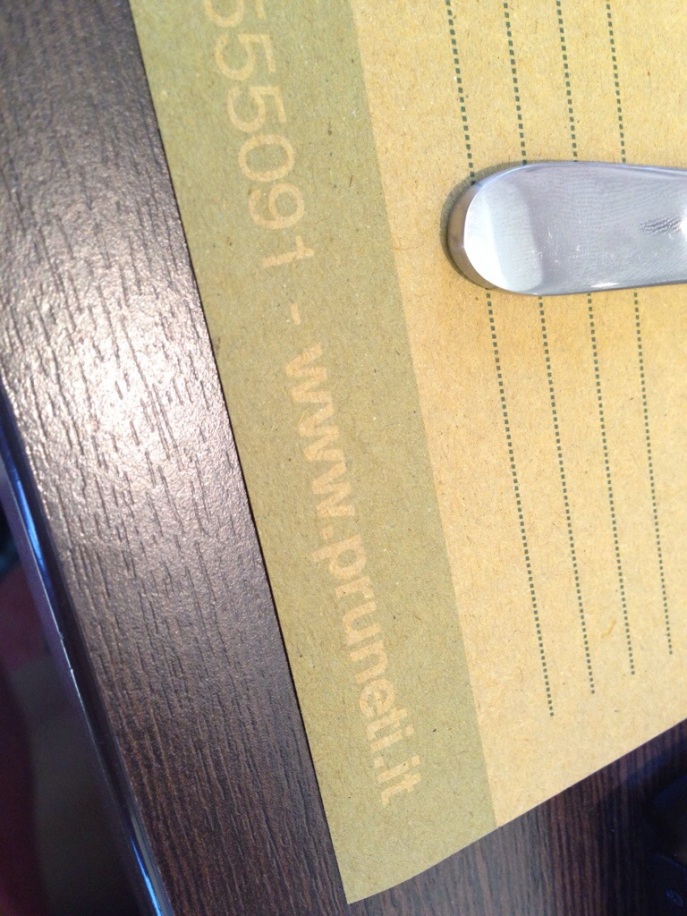
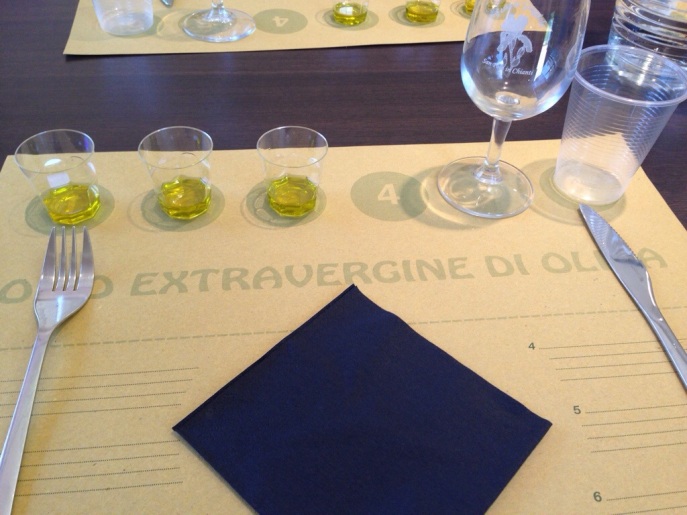
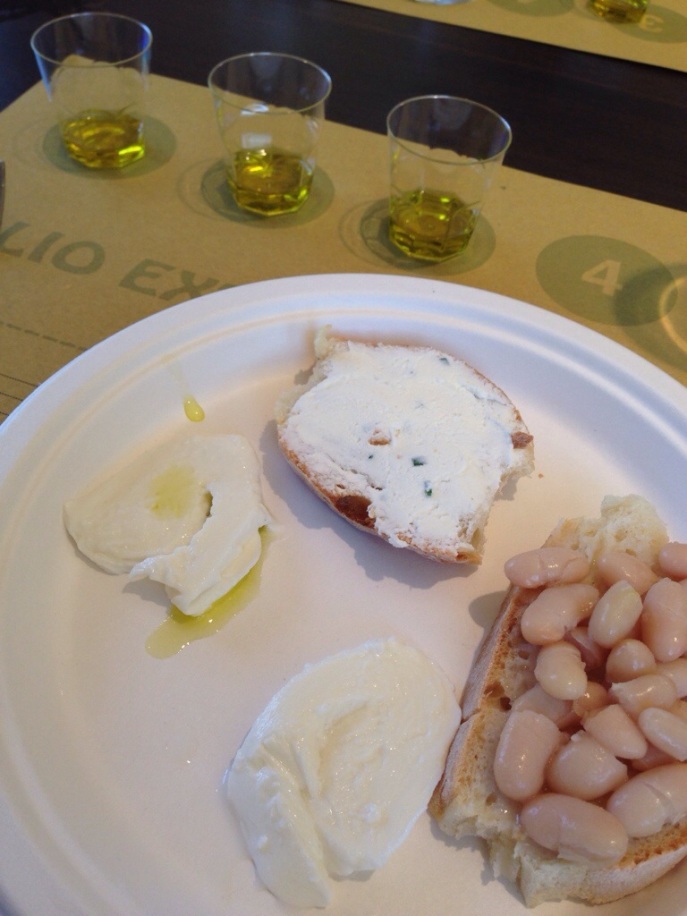
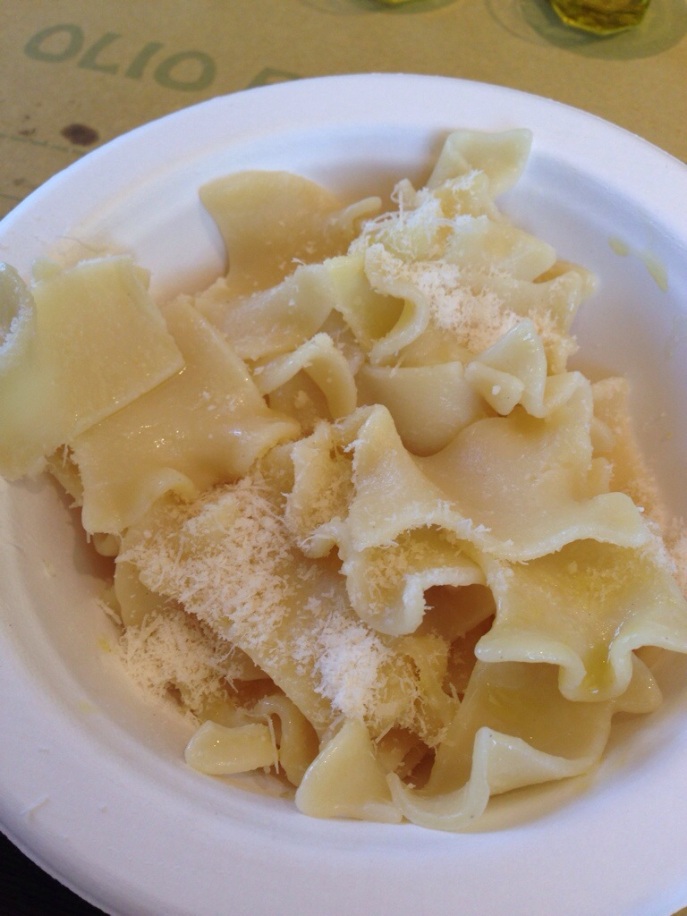
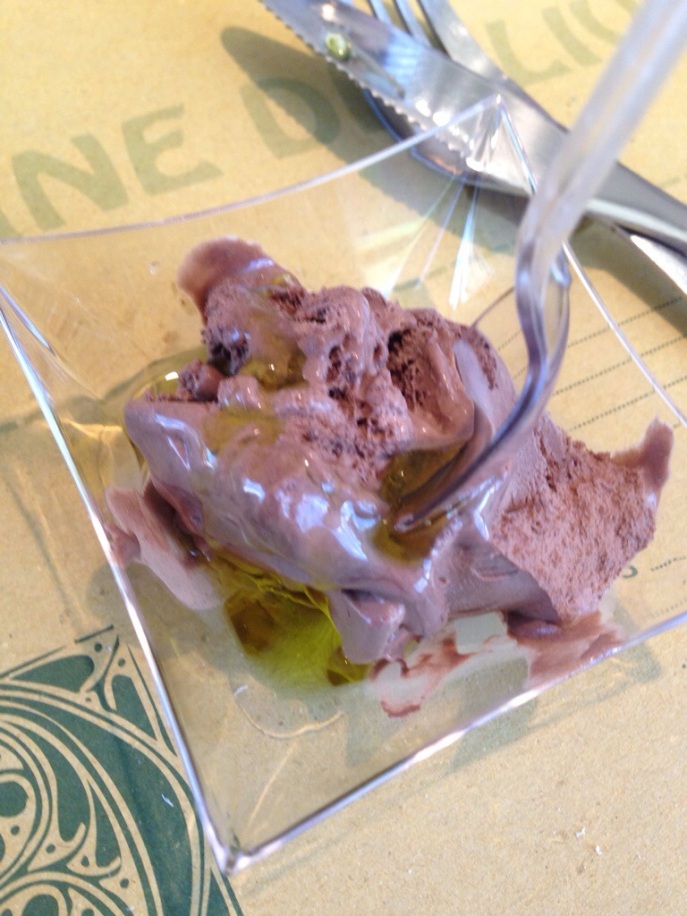

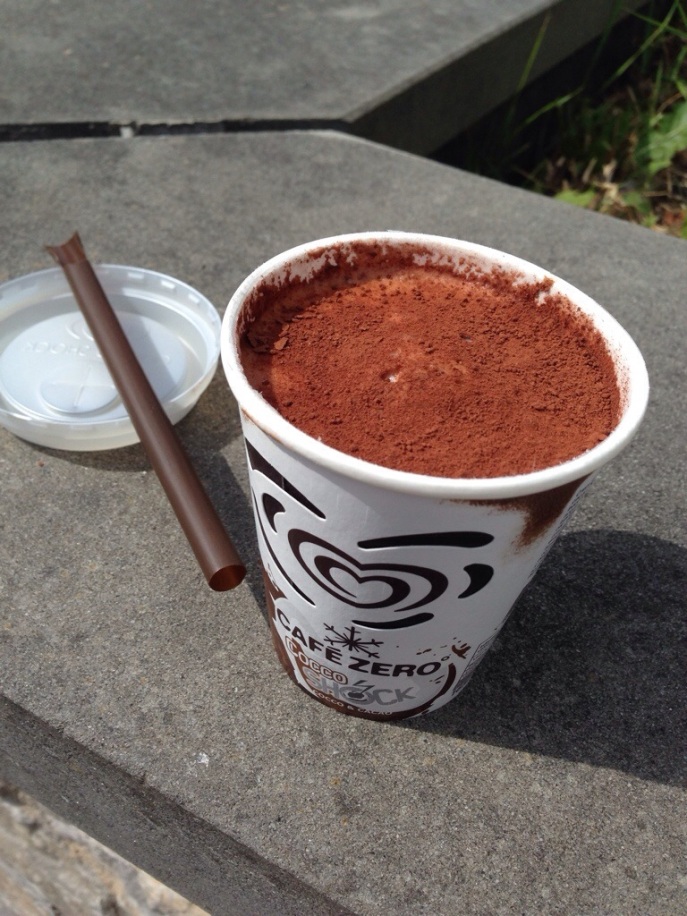
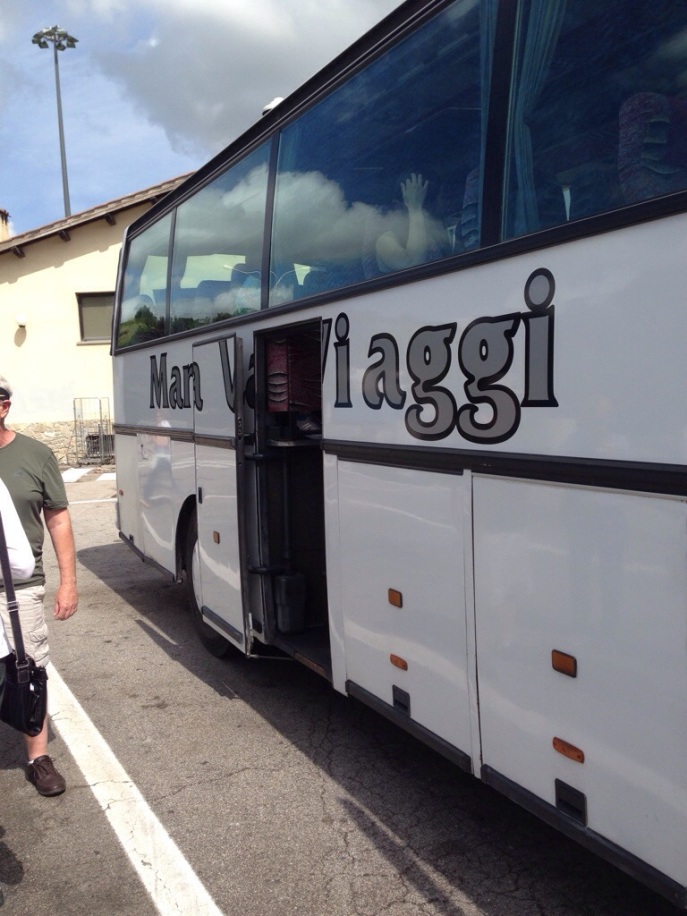
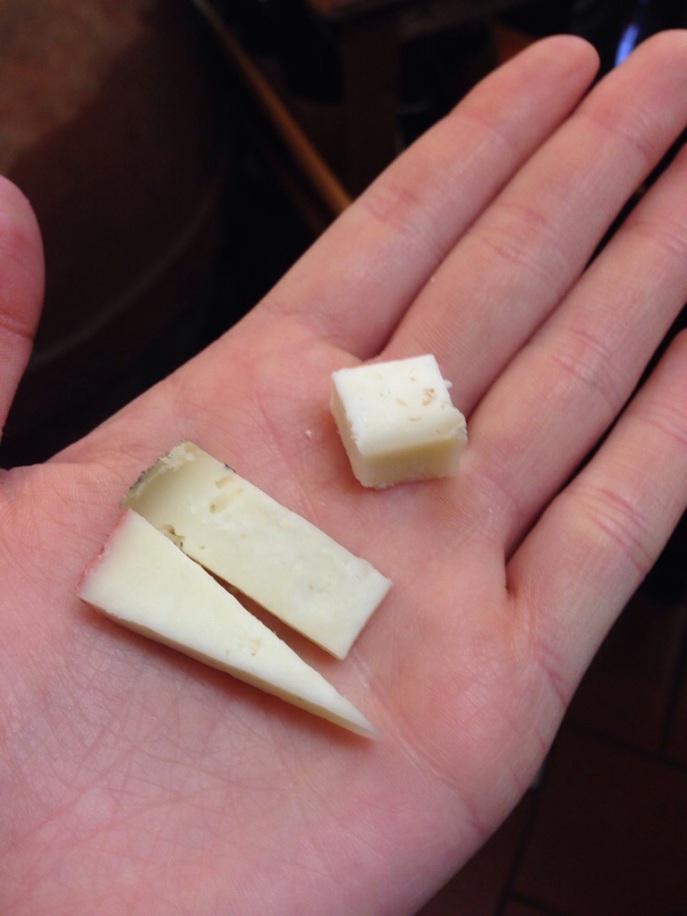
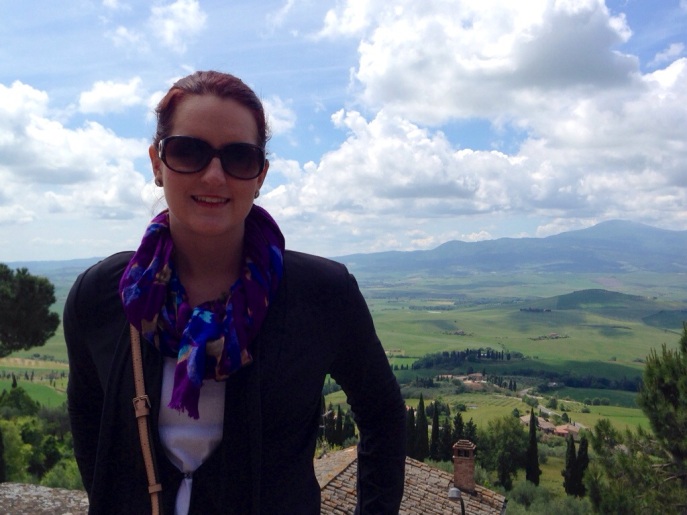
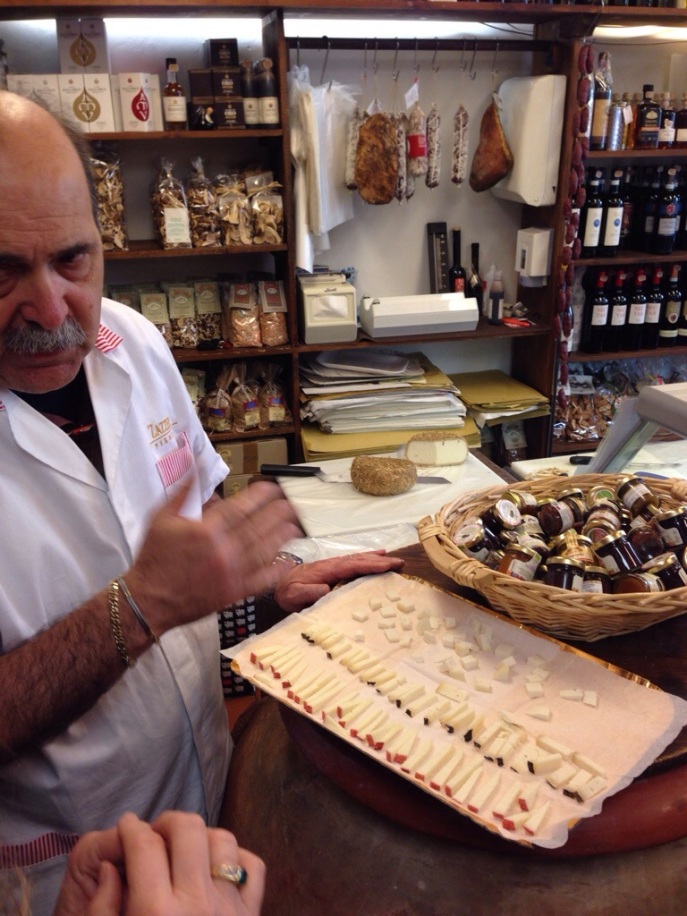
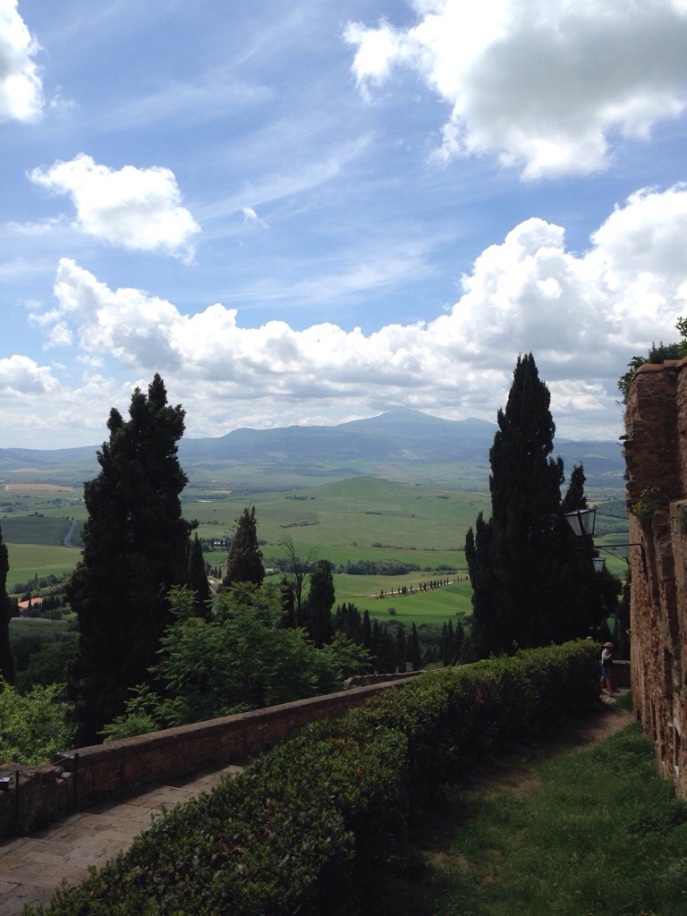

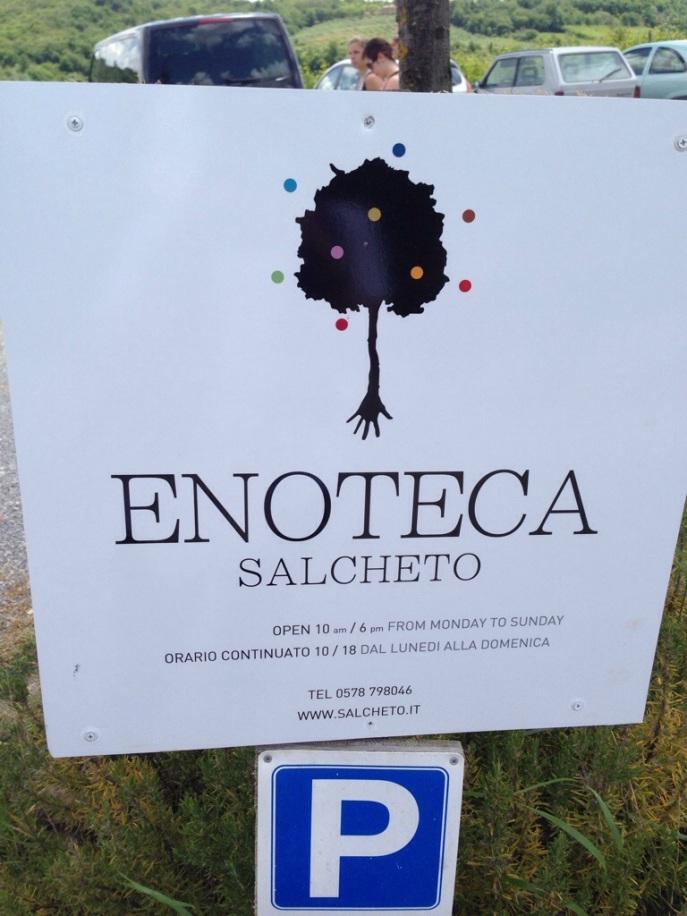
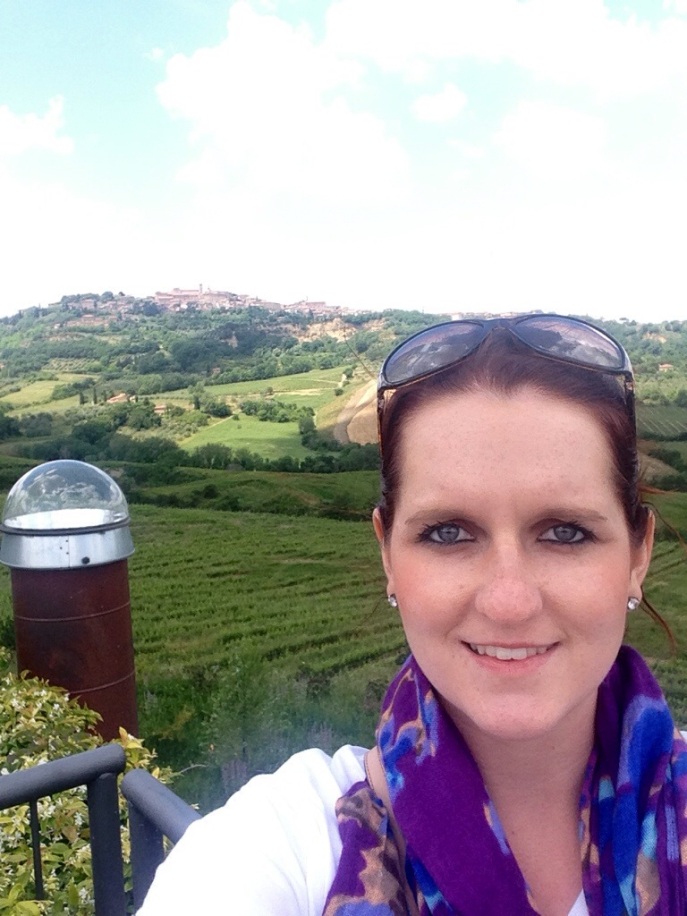
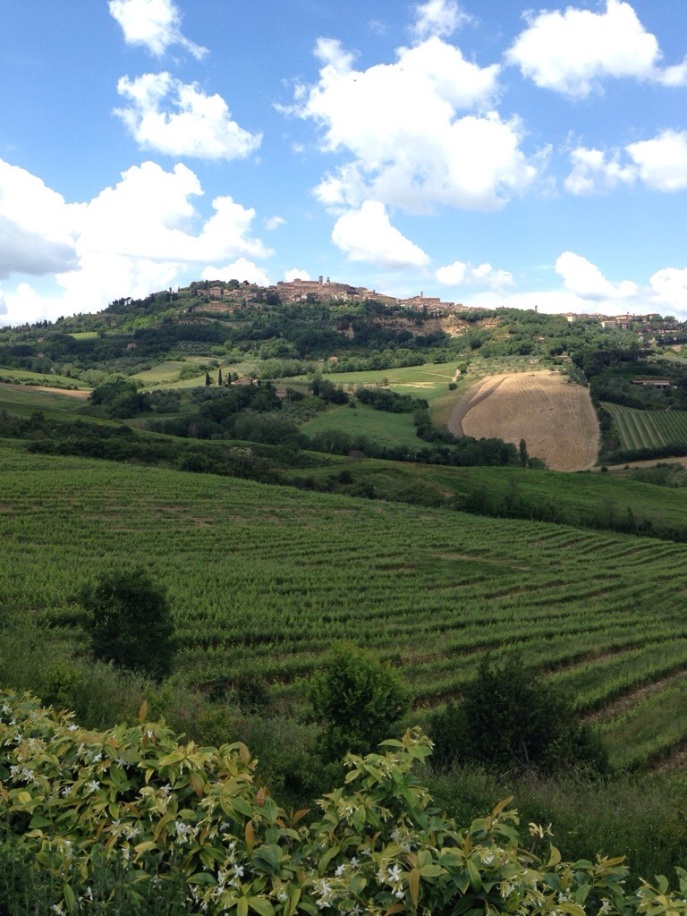
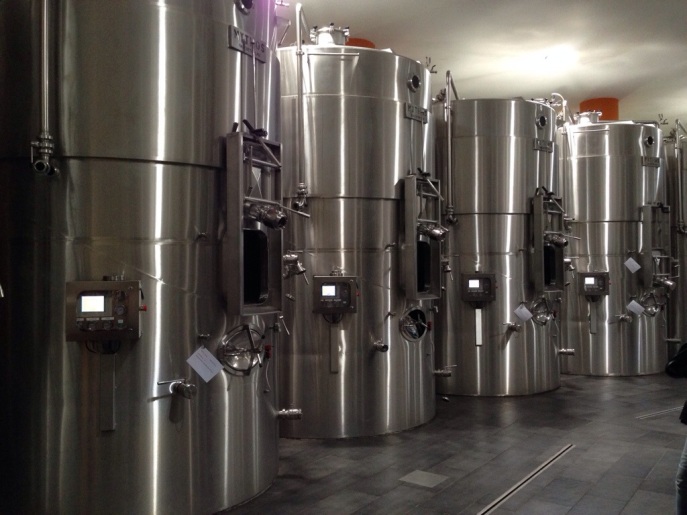
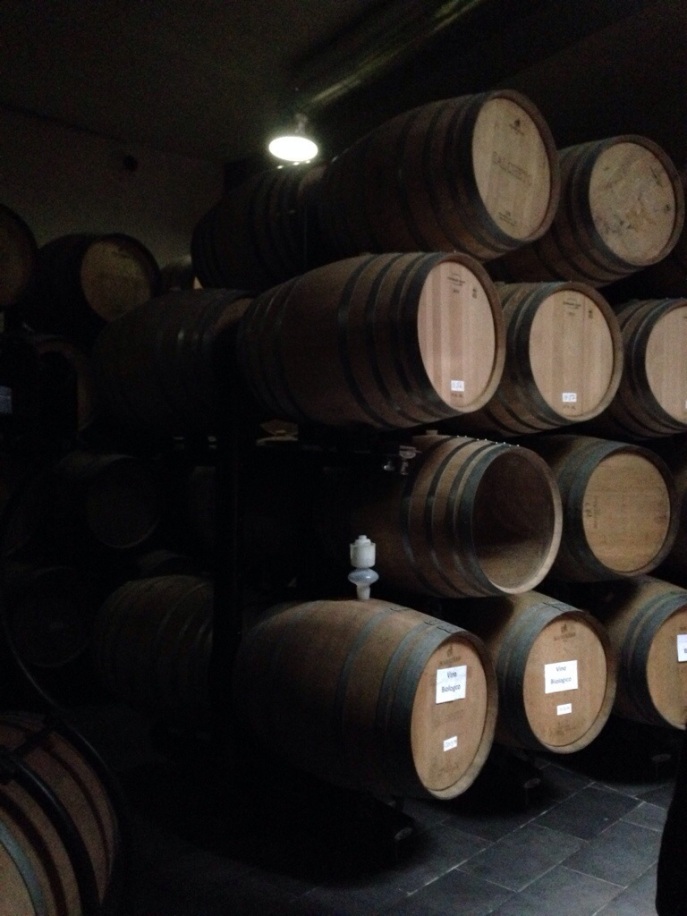
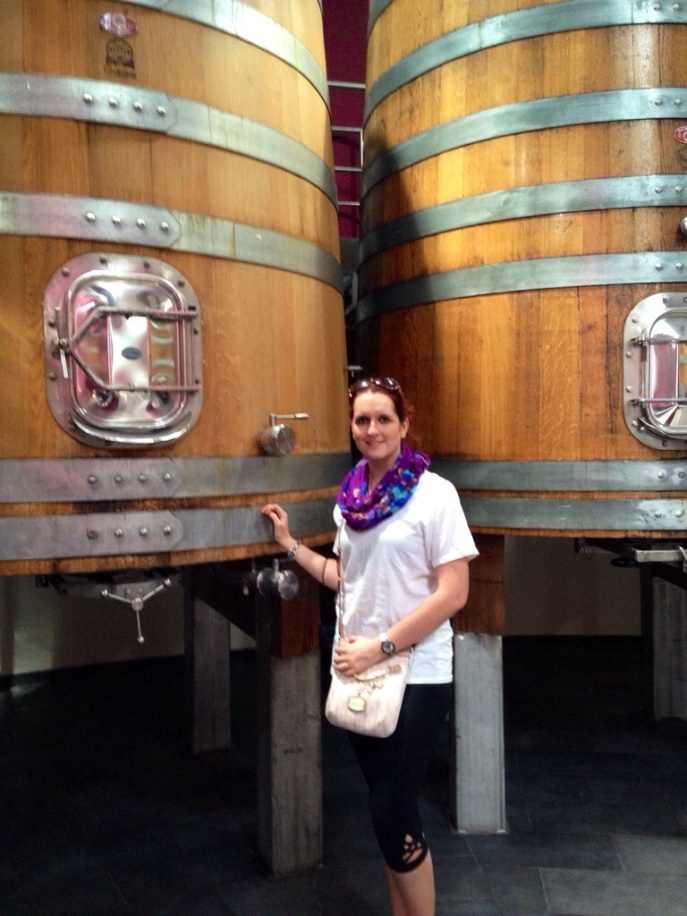
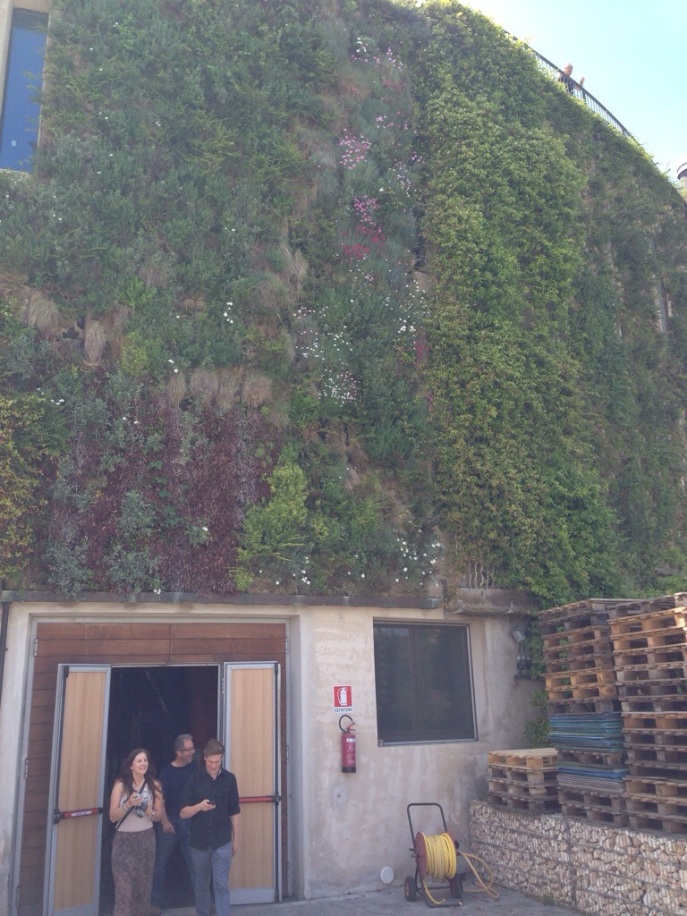
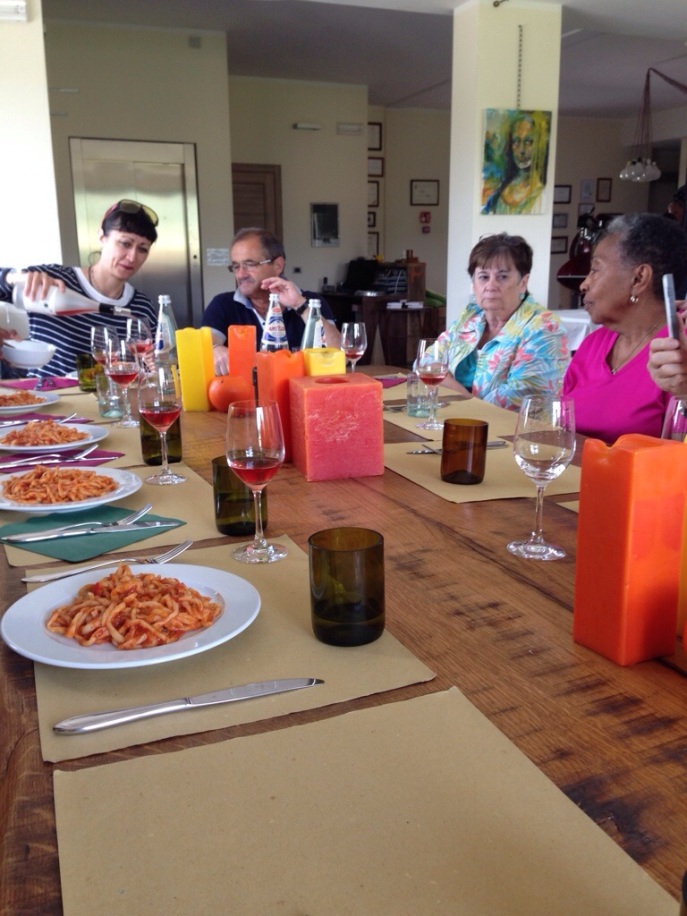
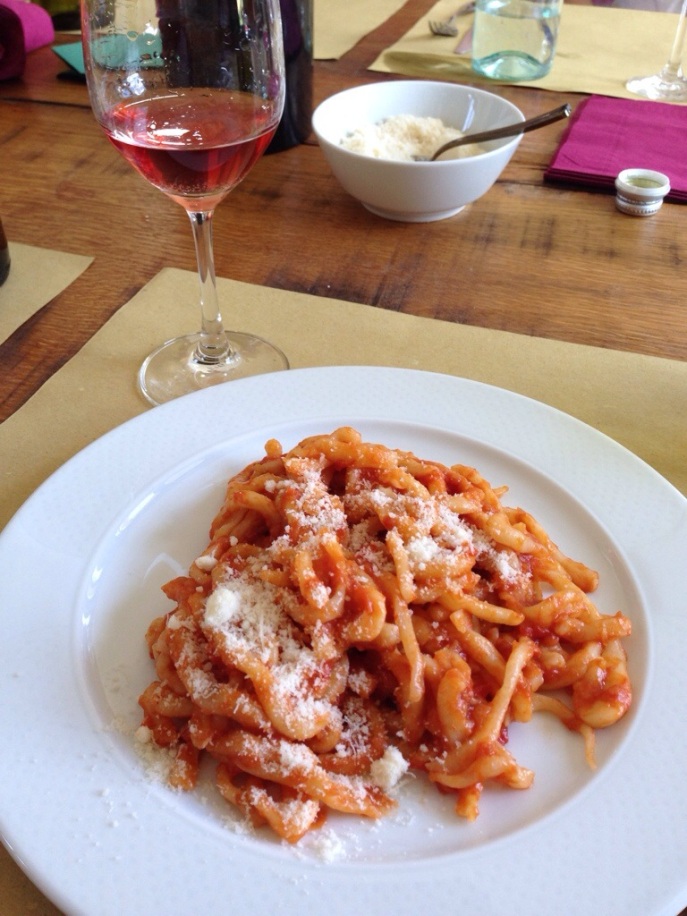
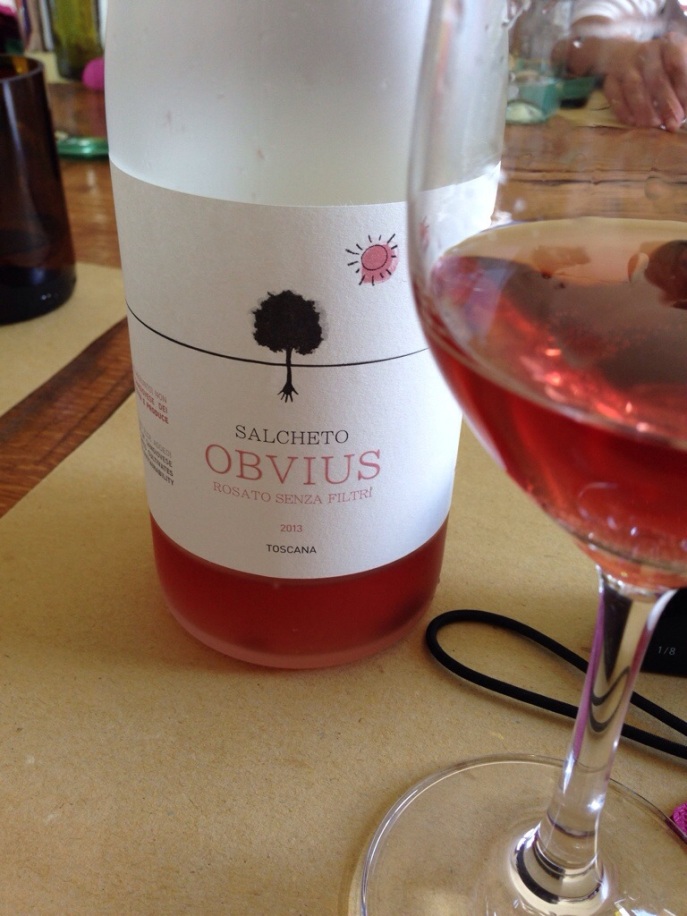
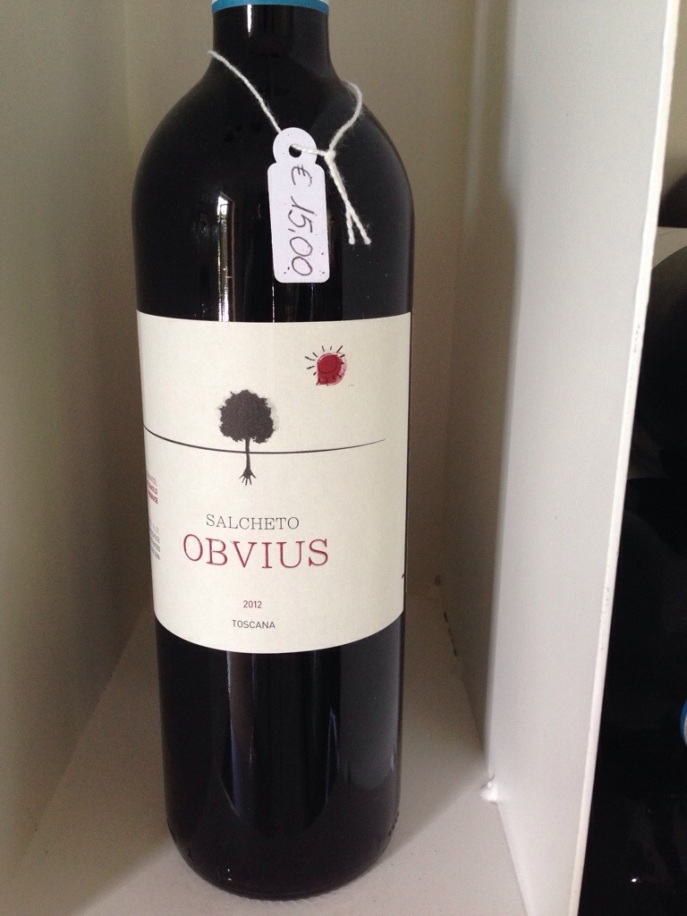
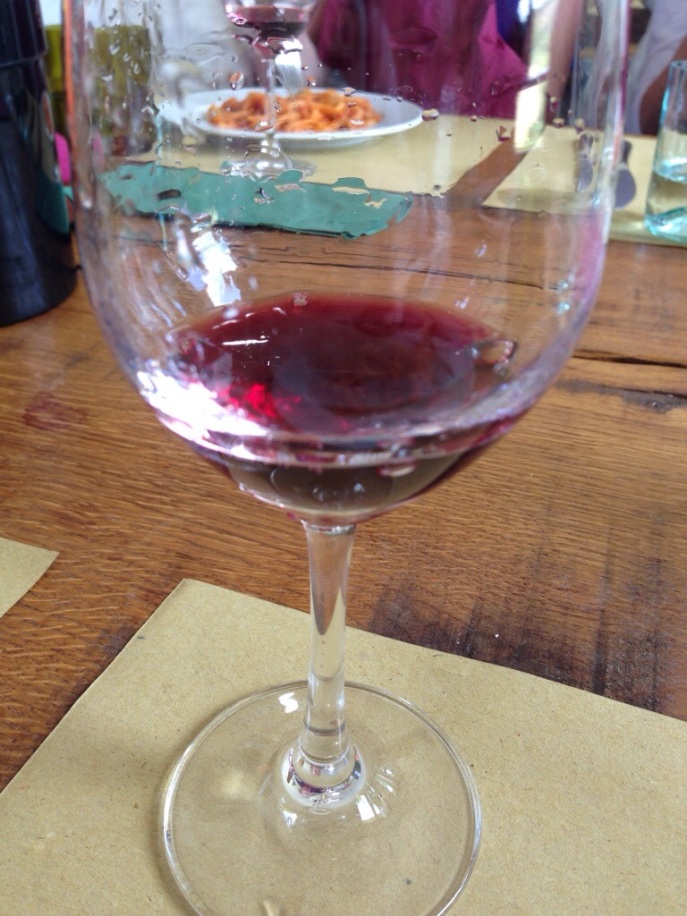
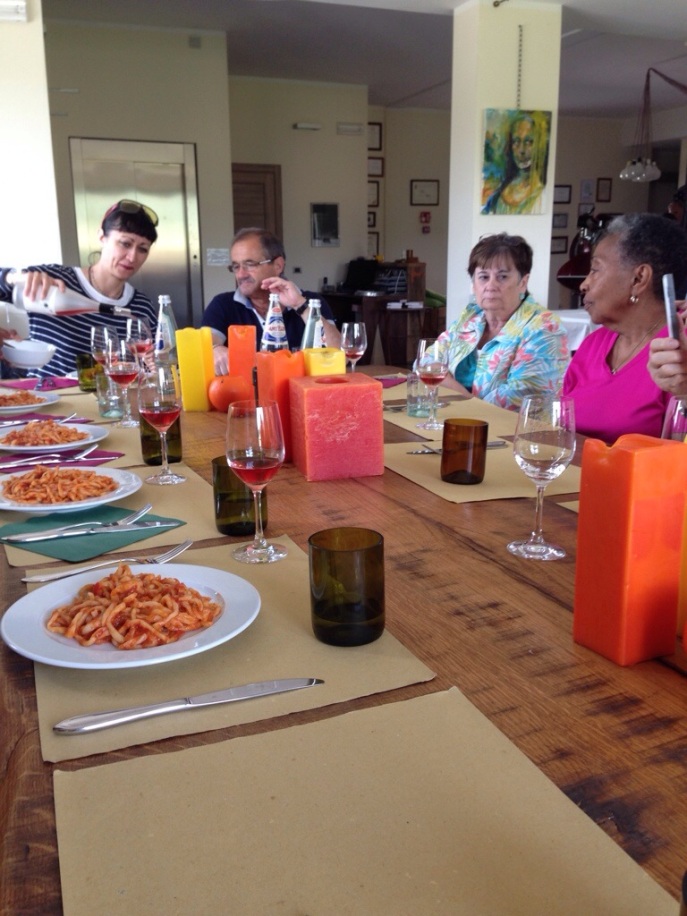 </a
</a